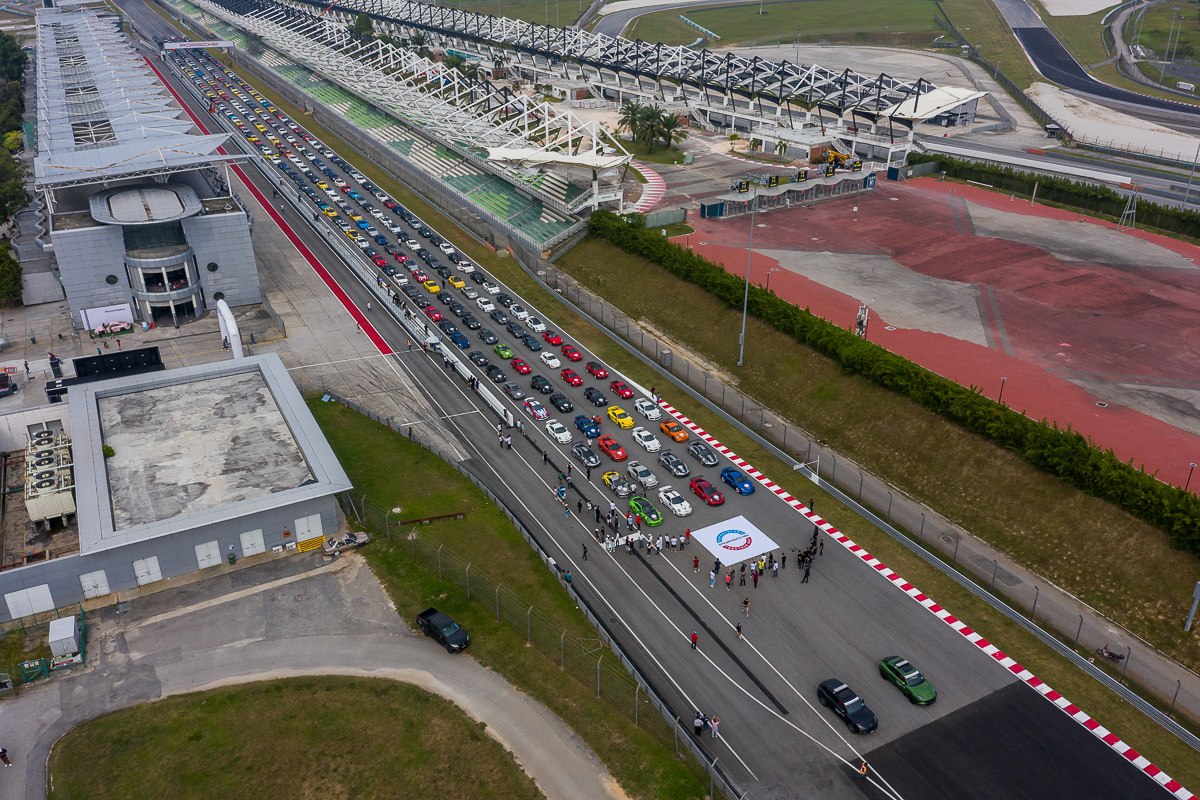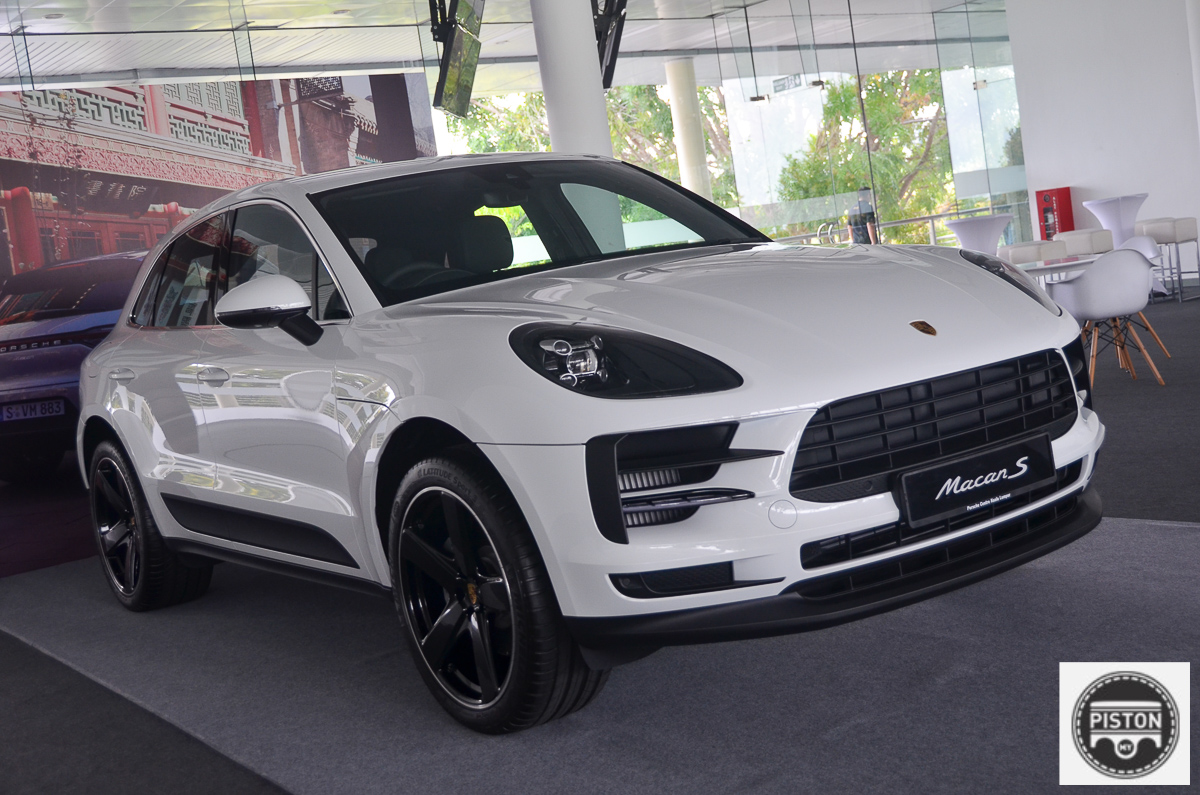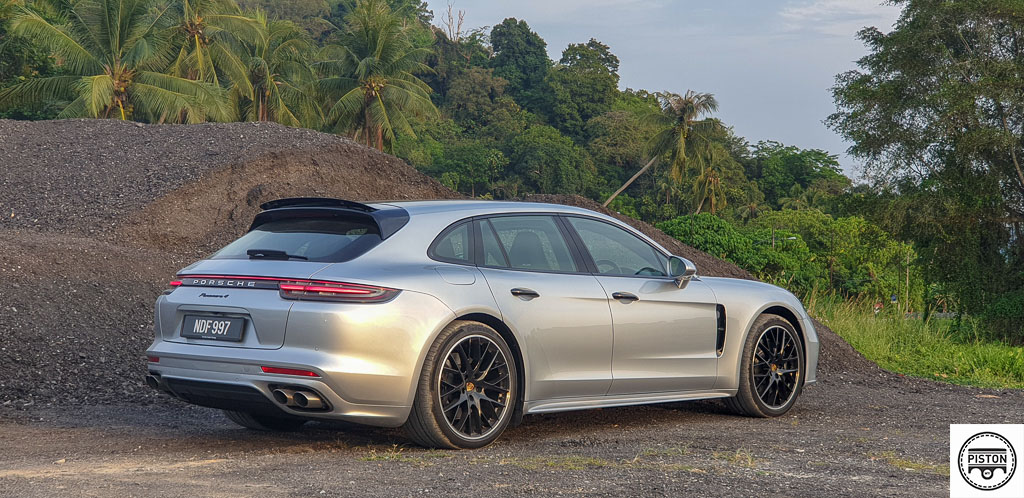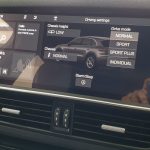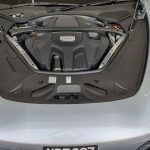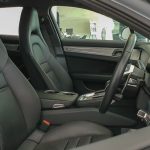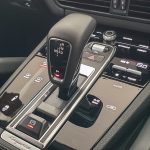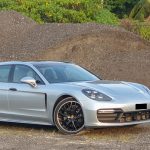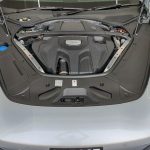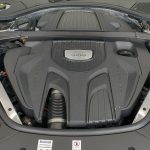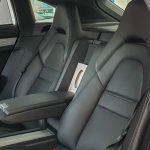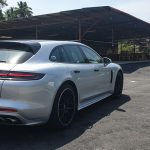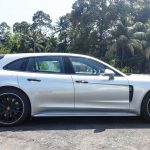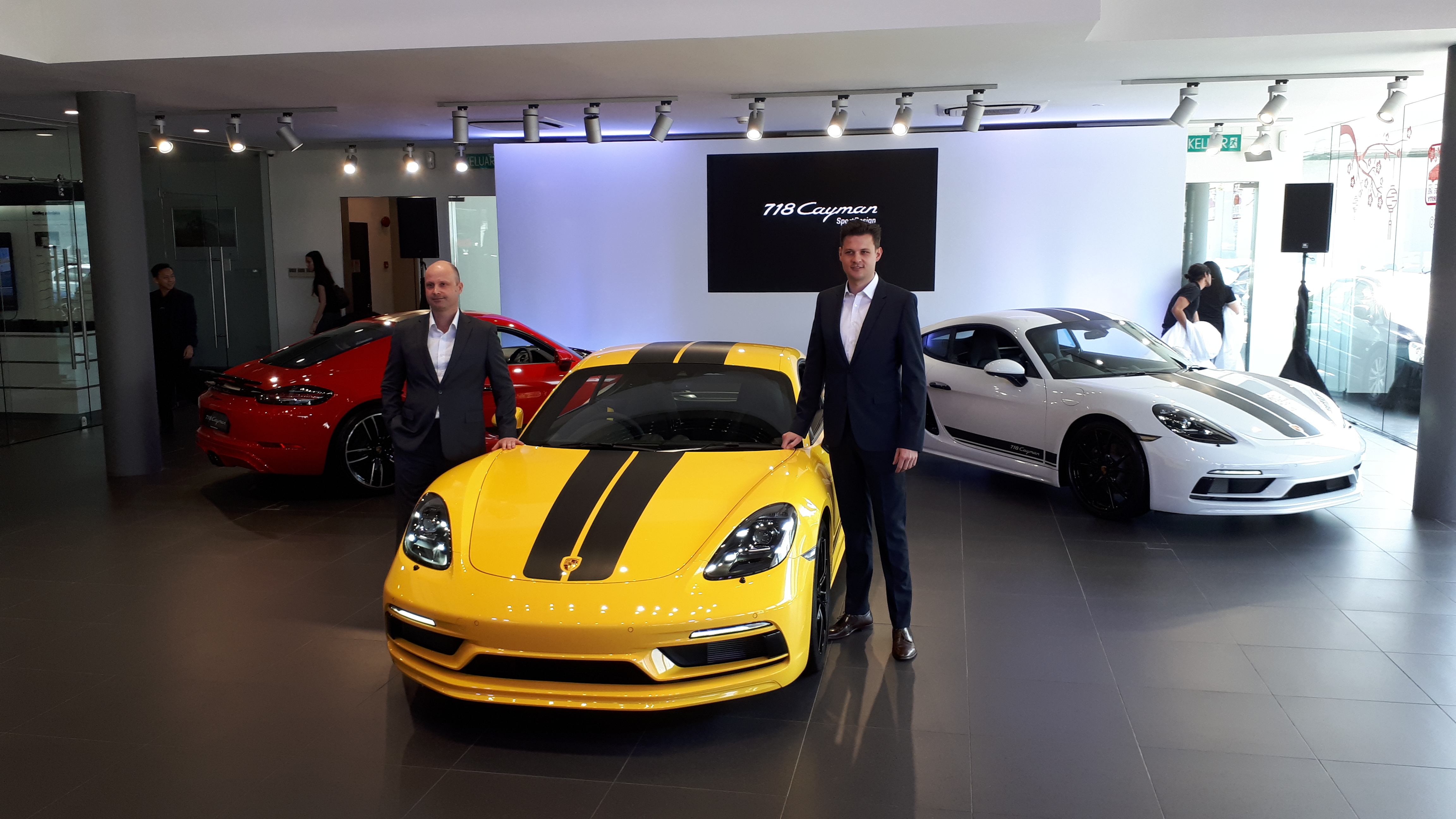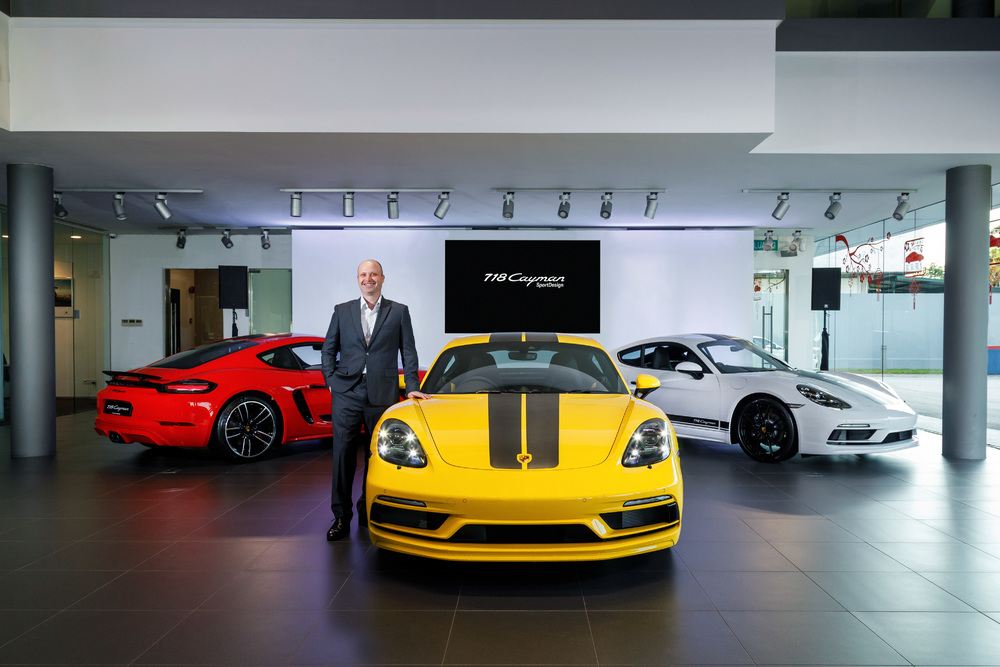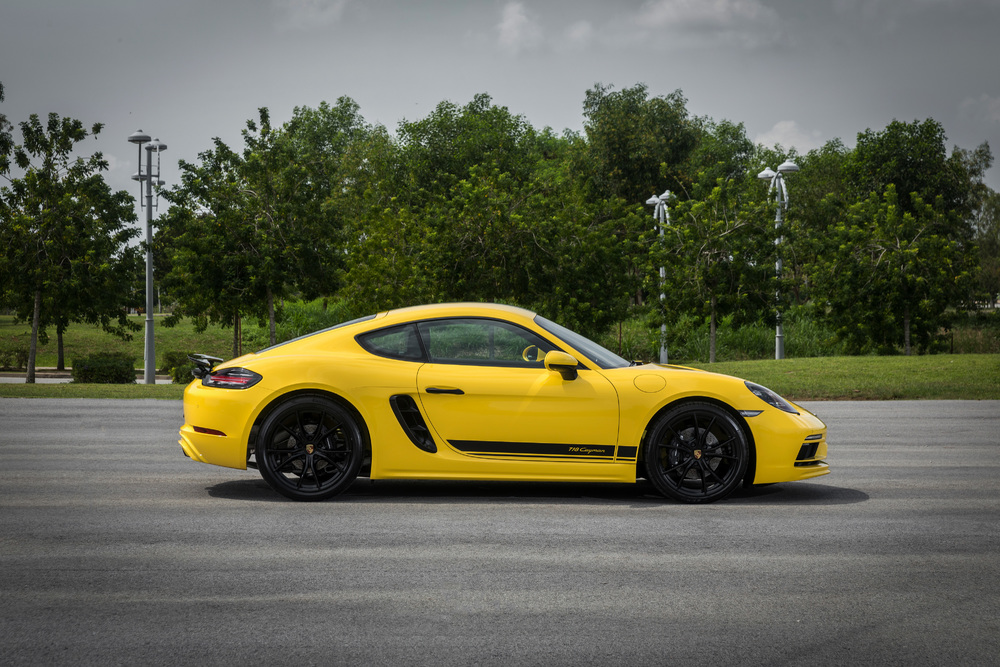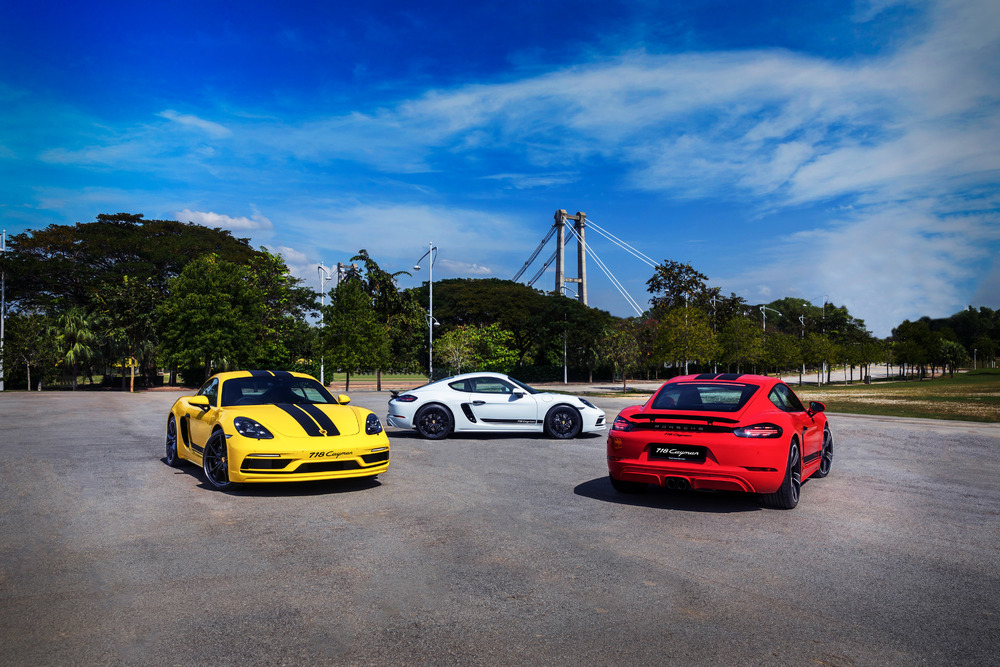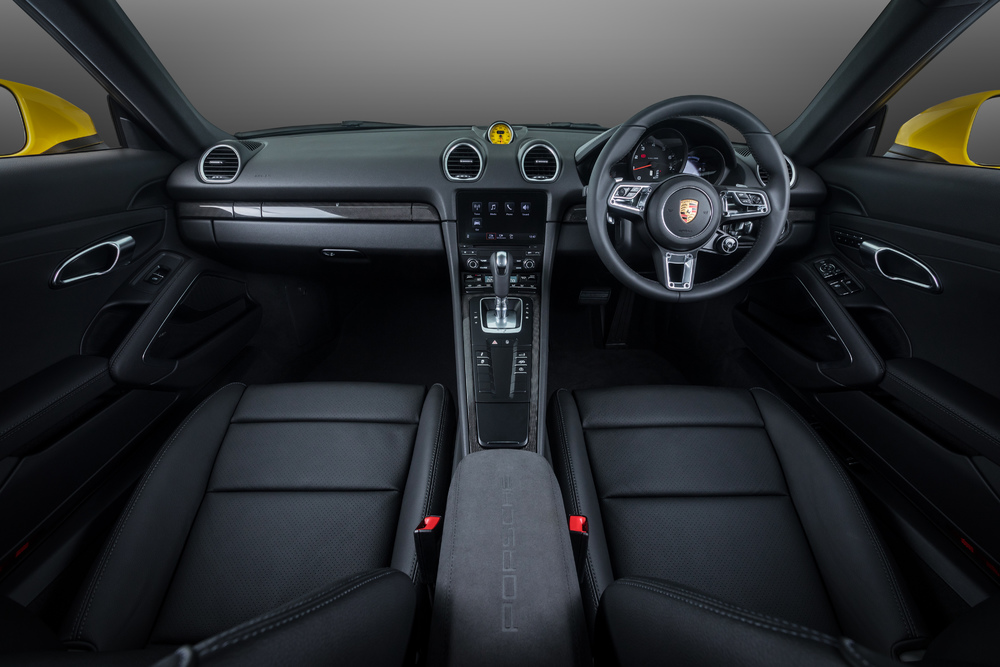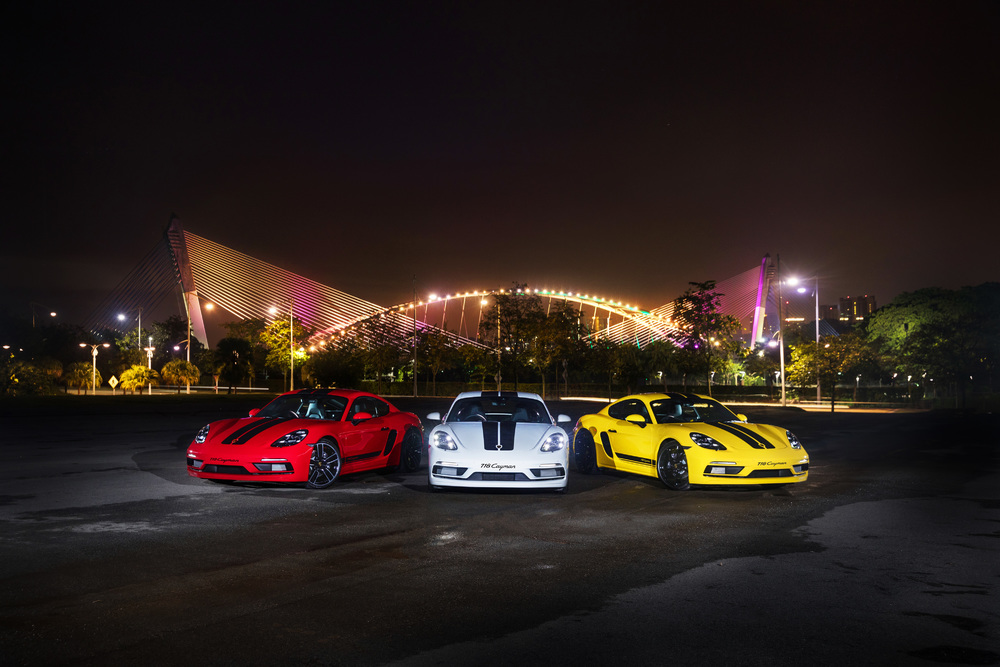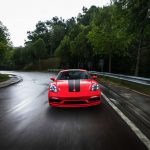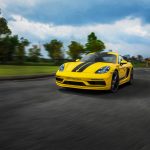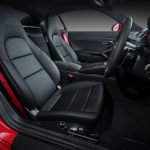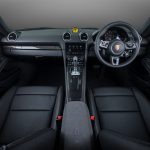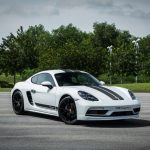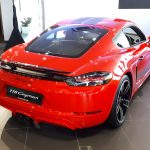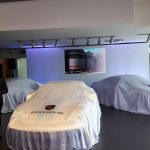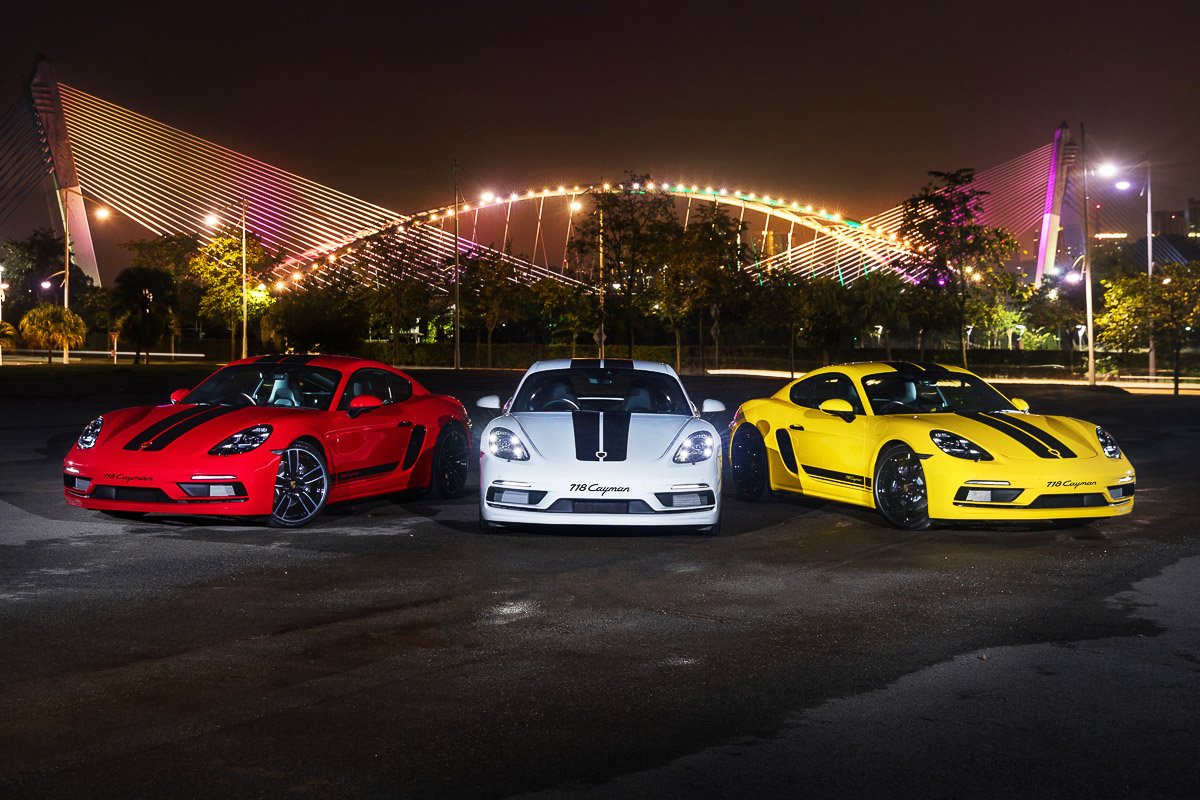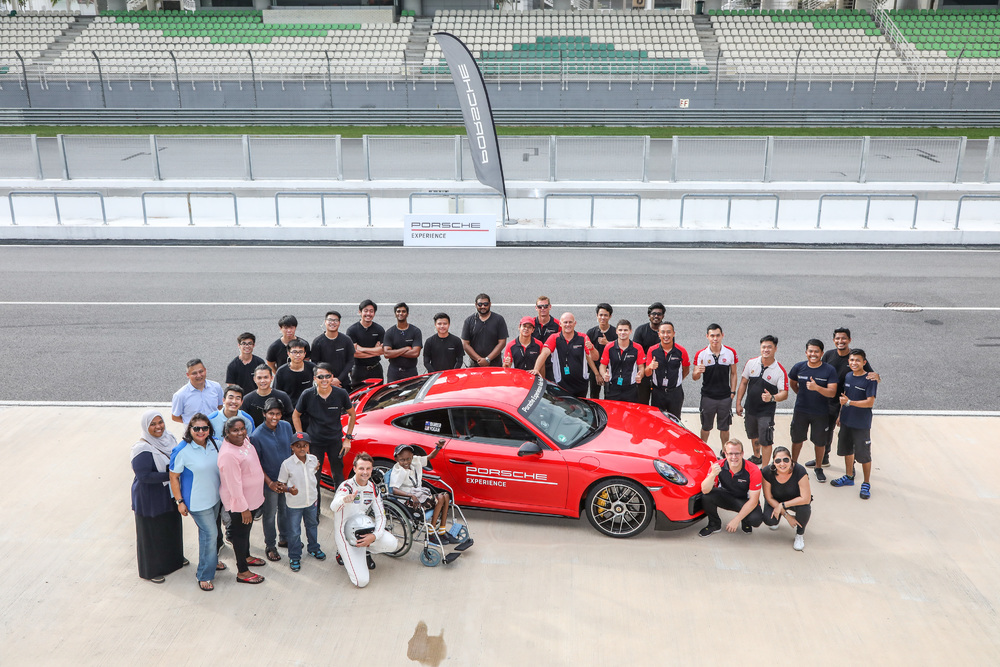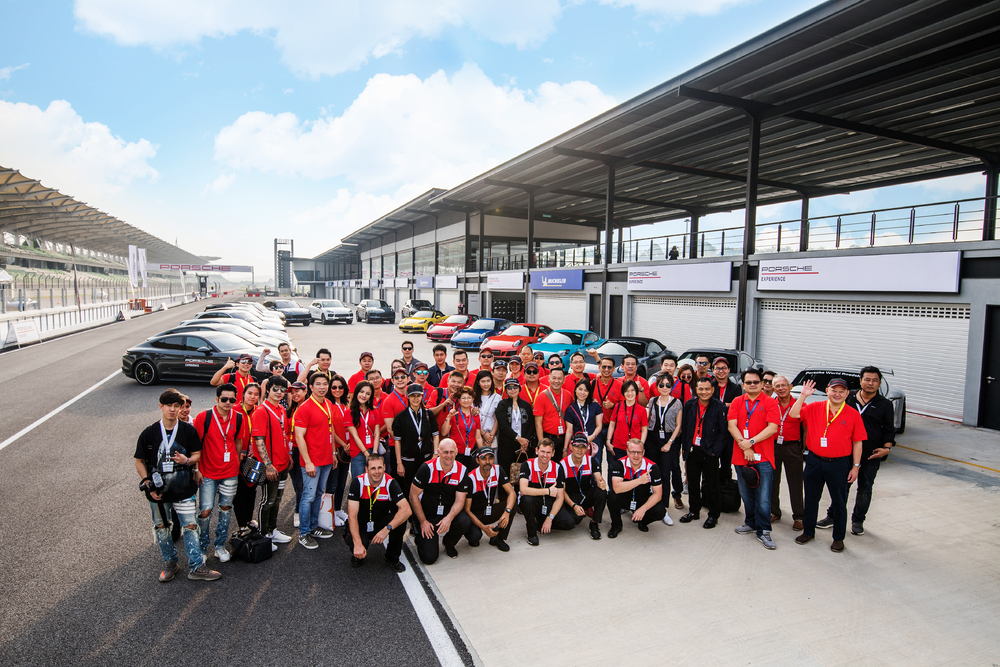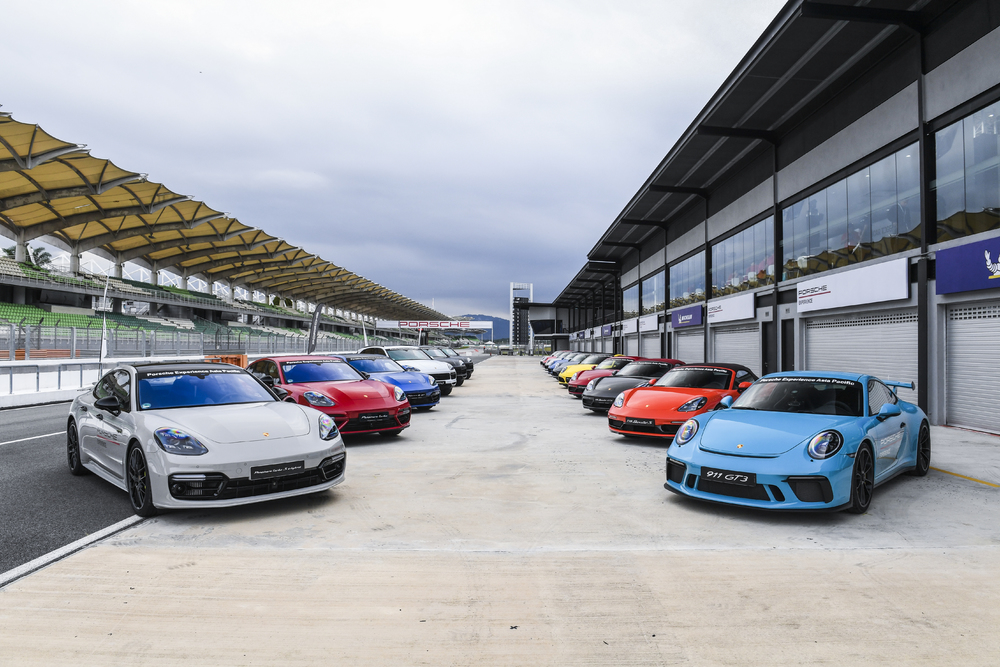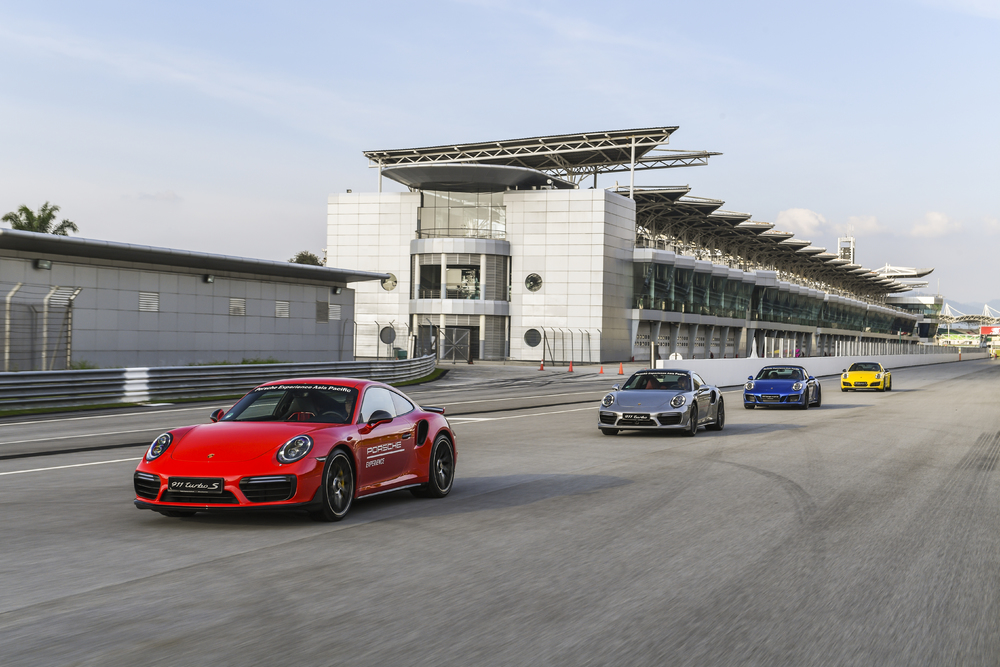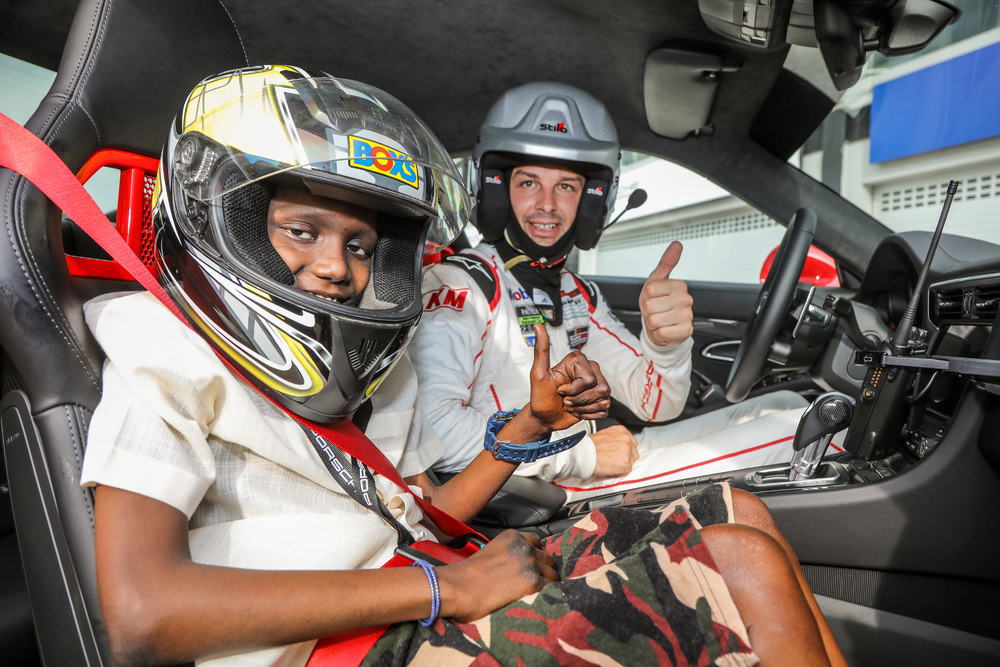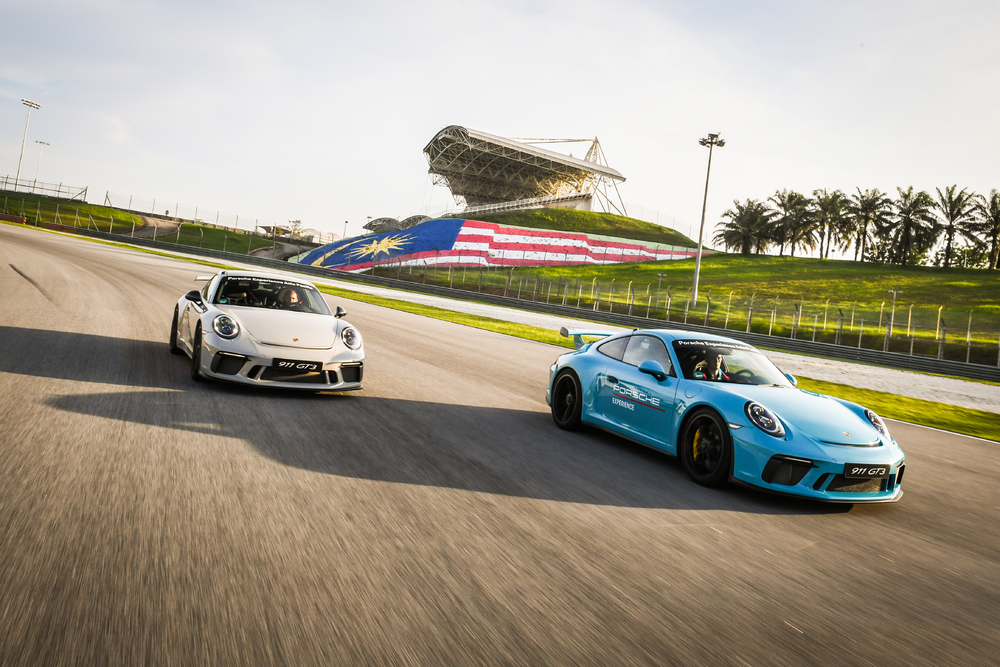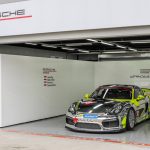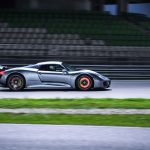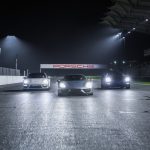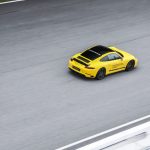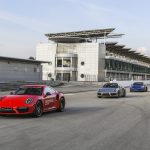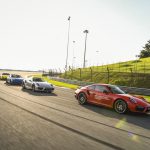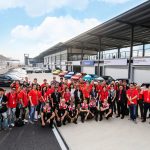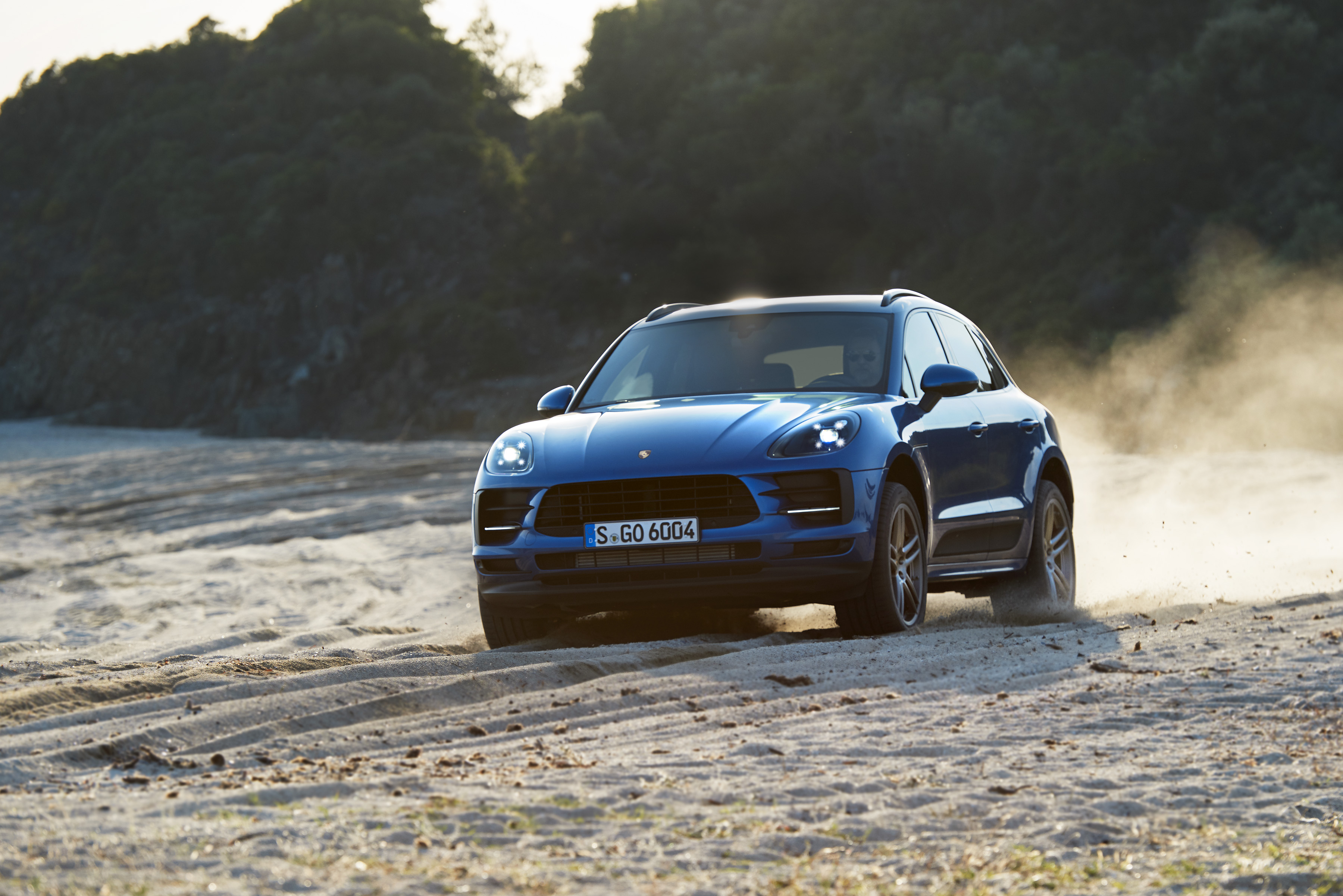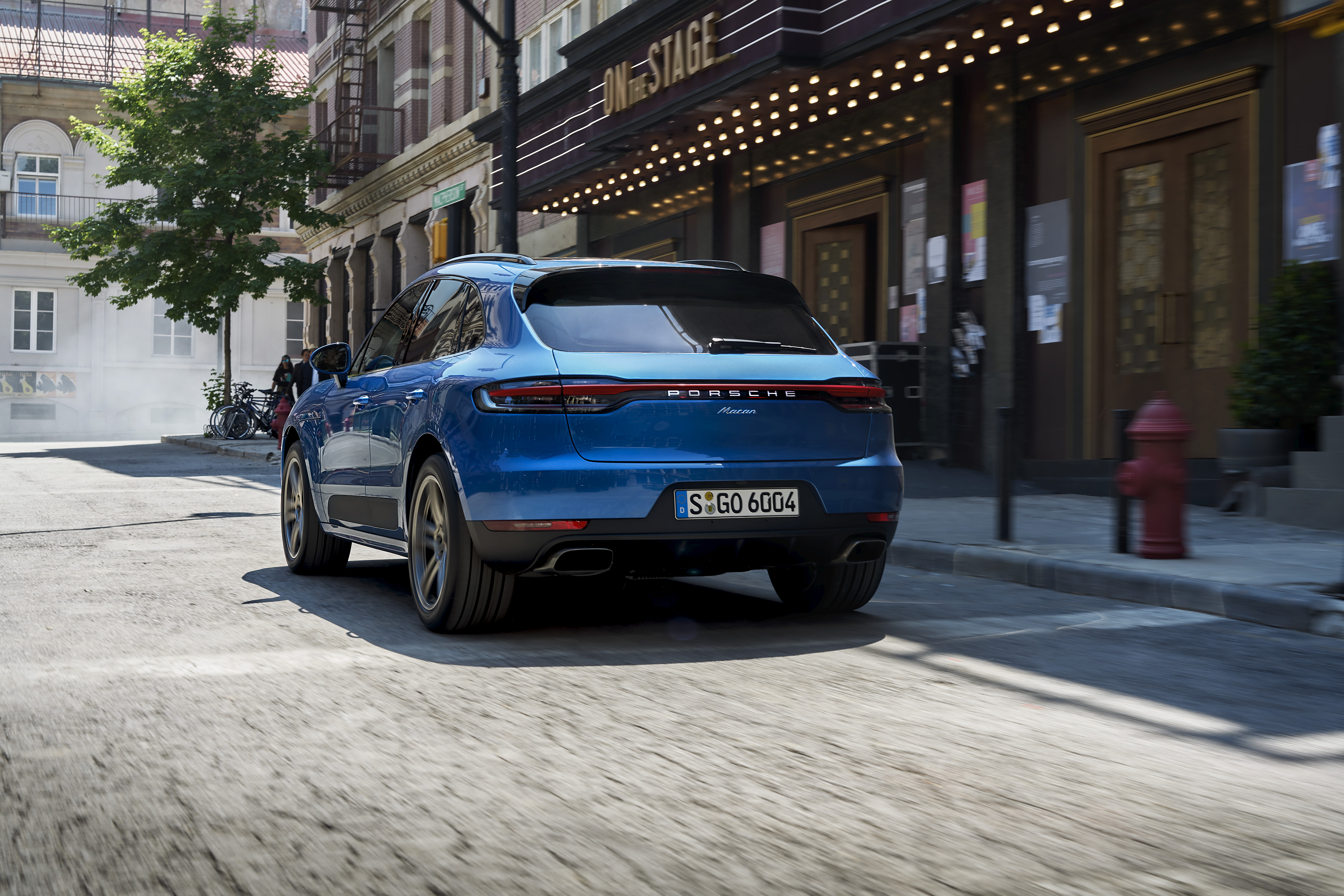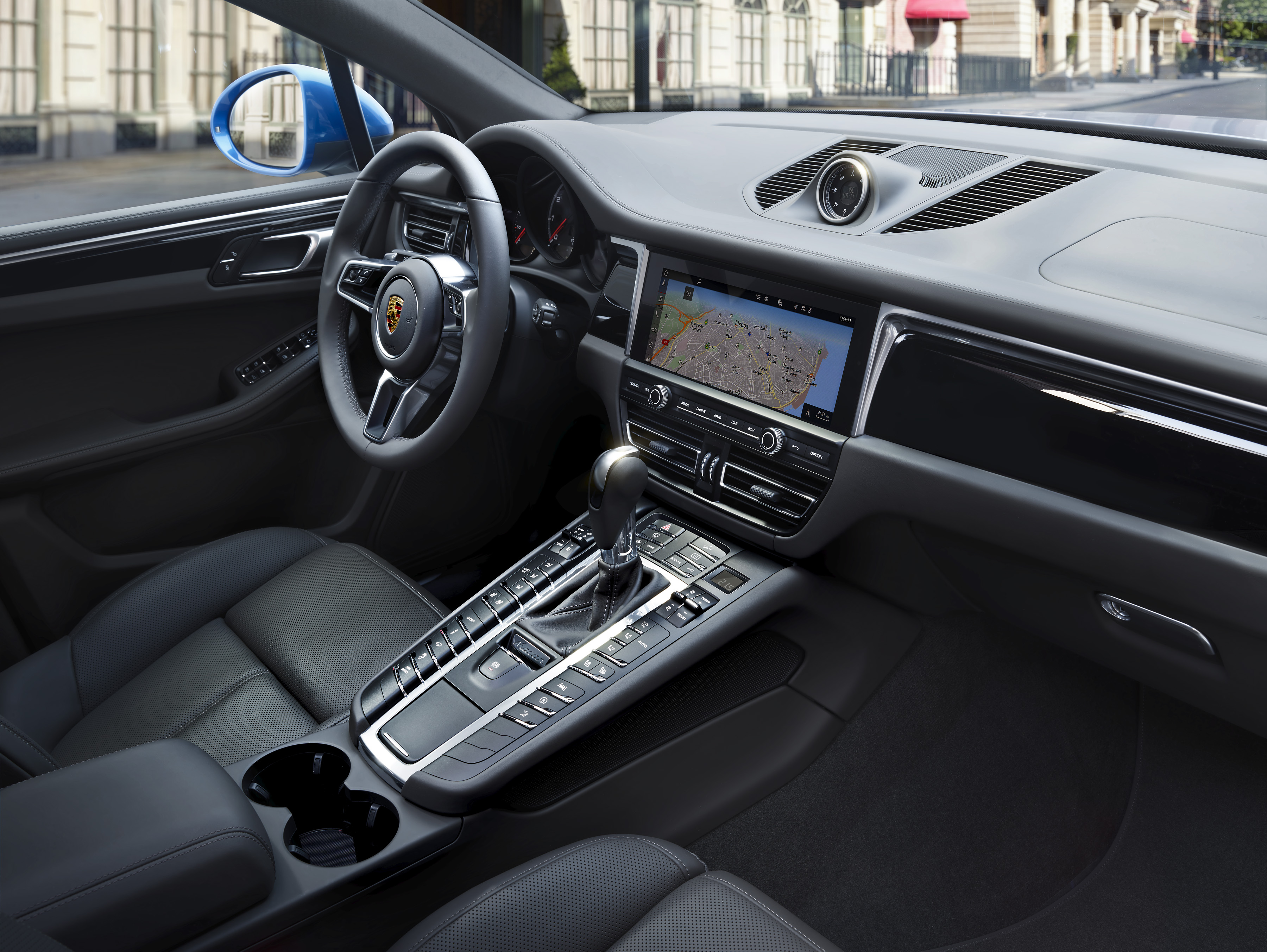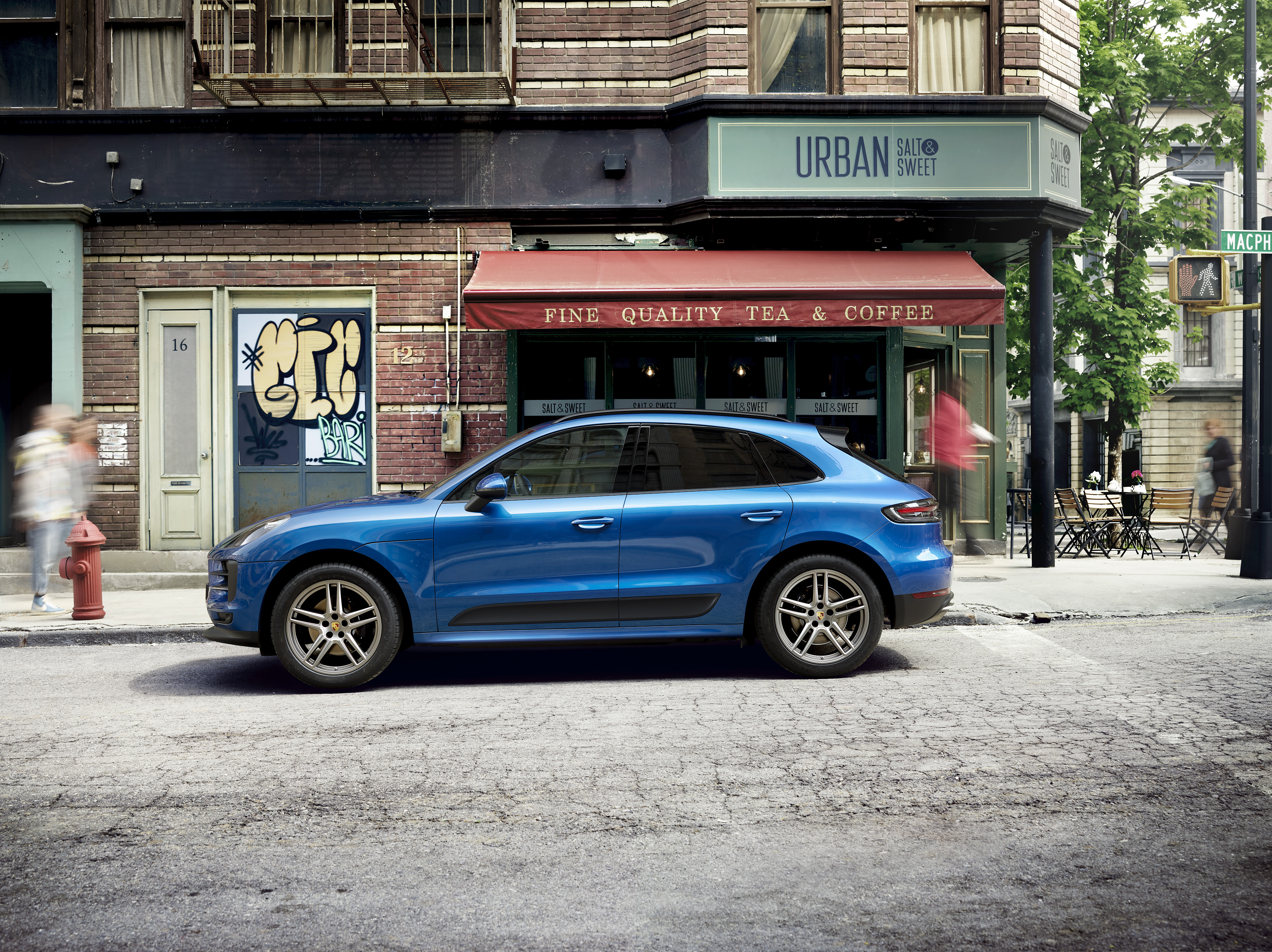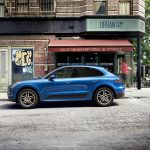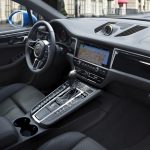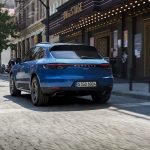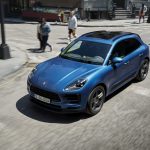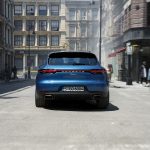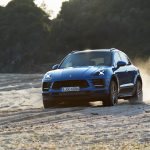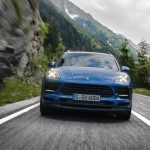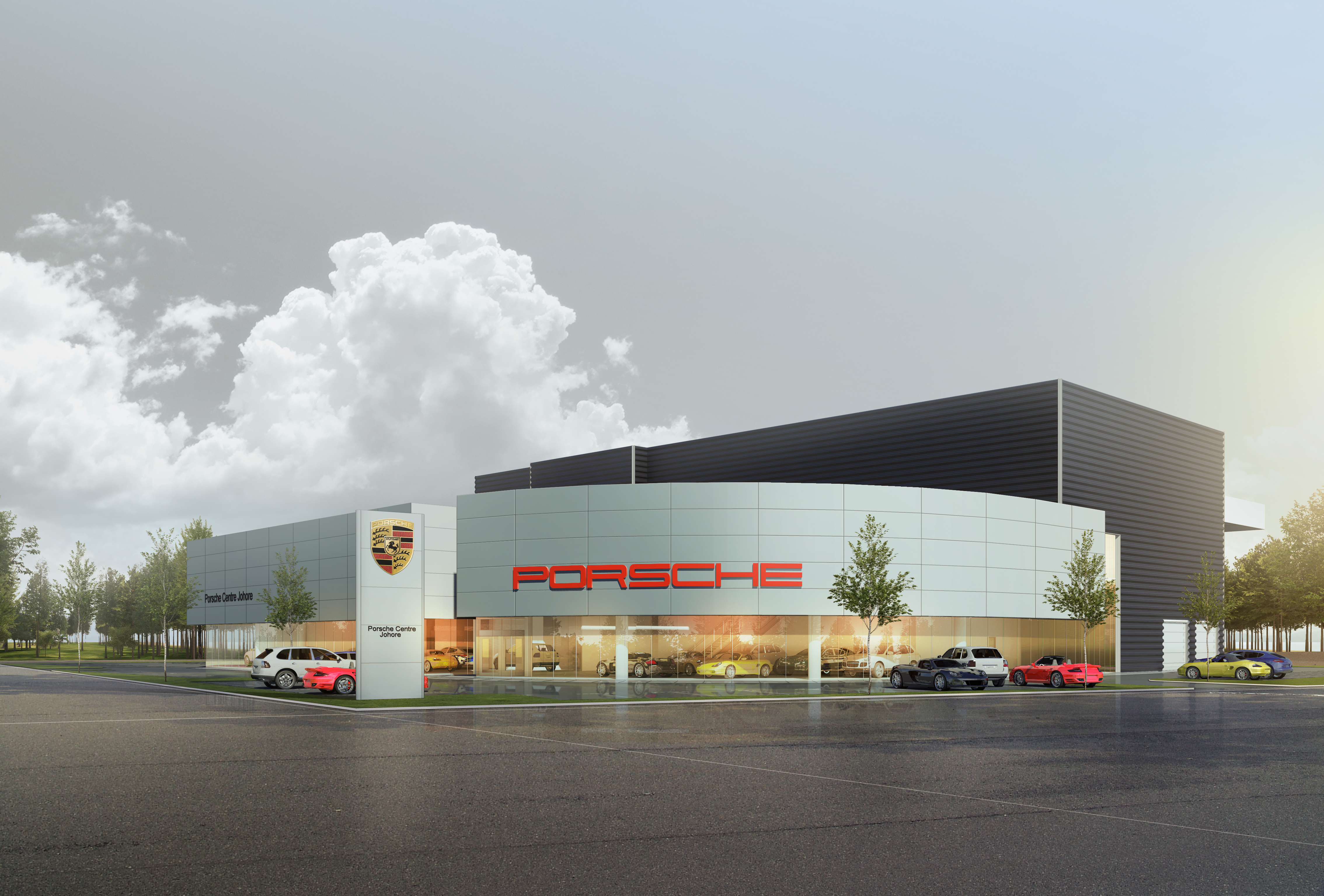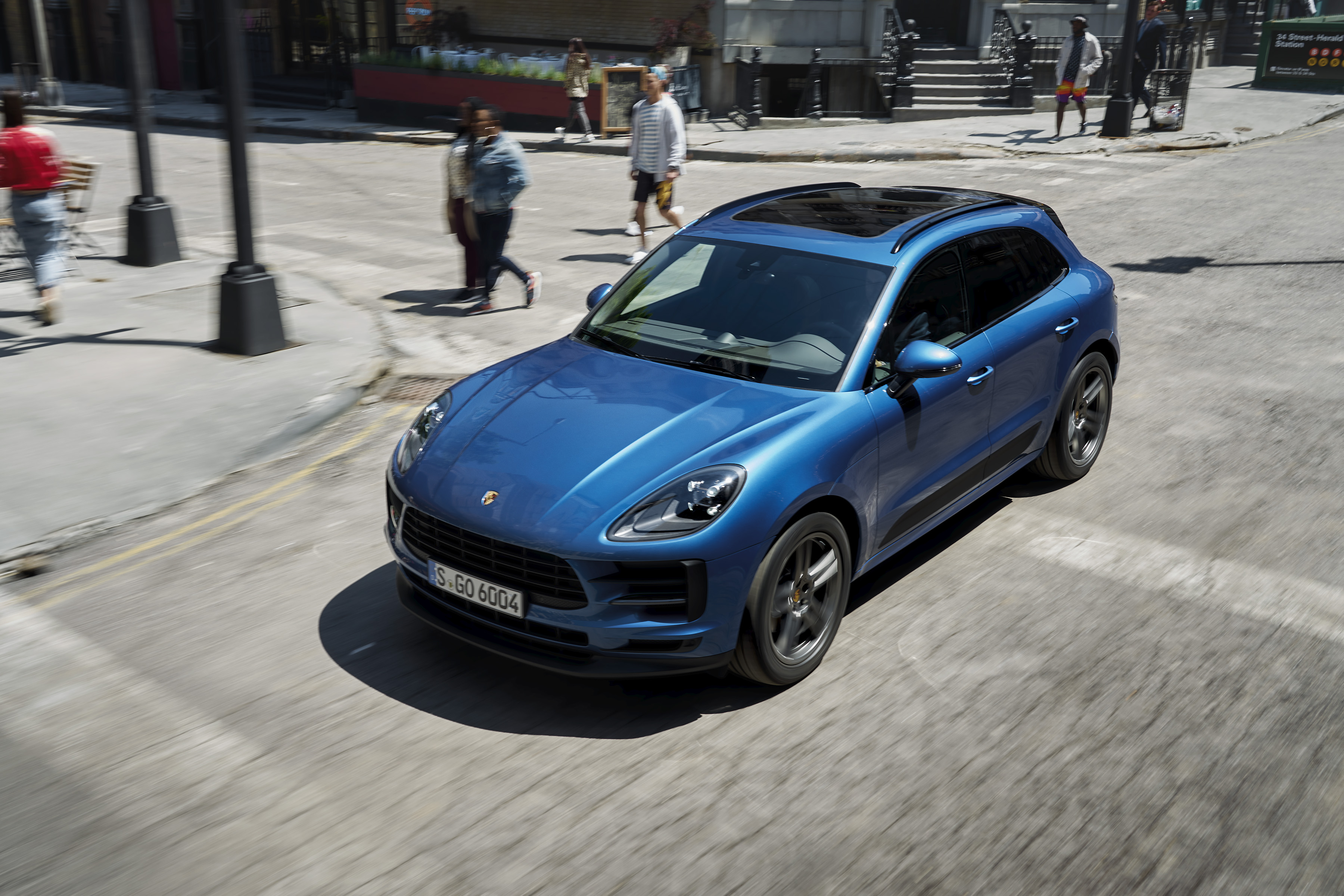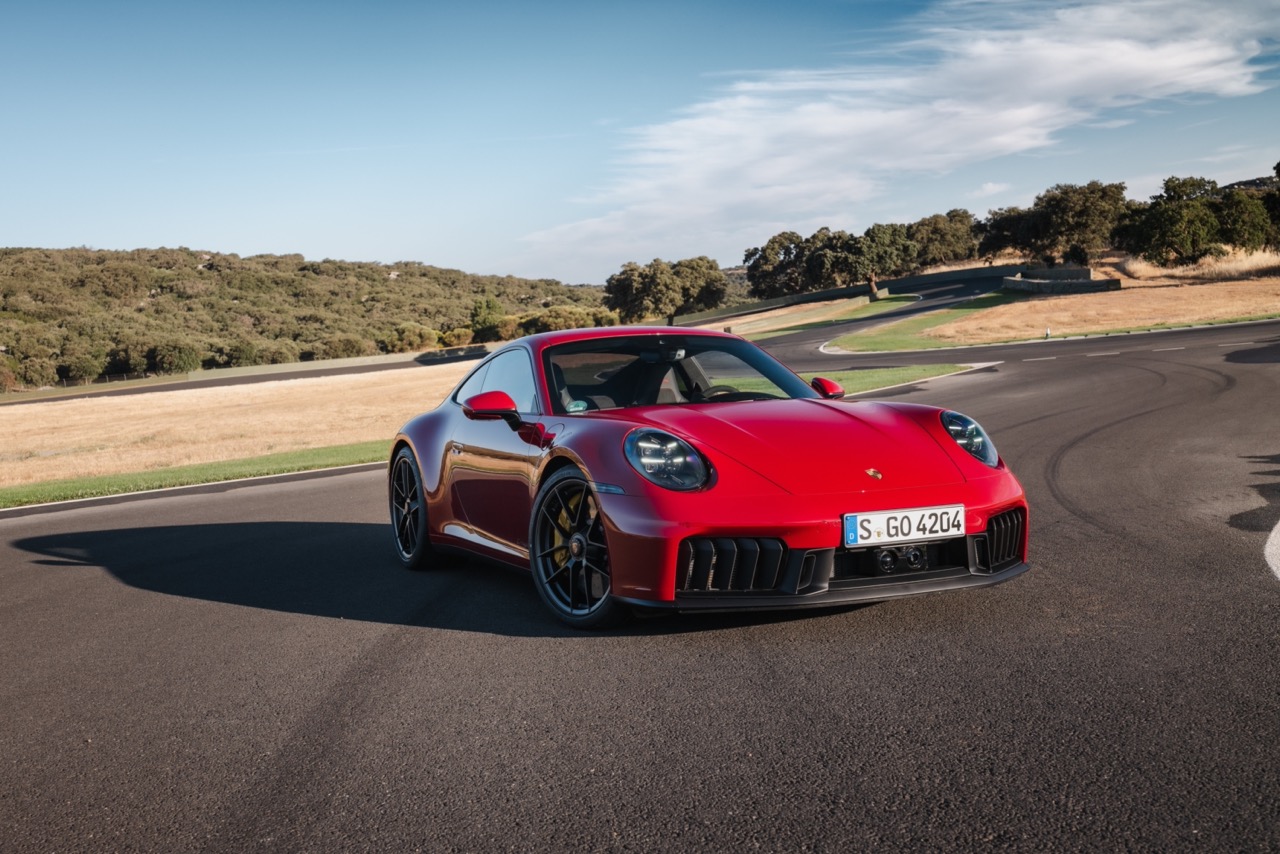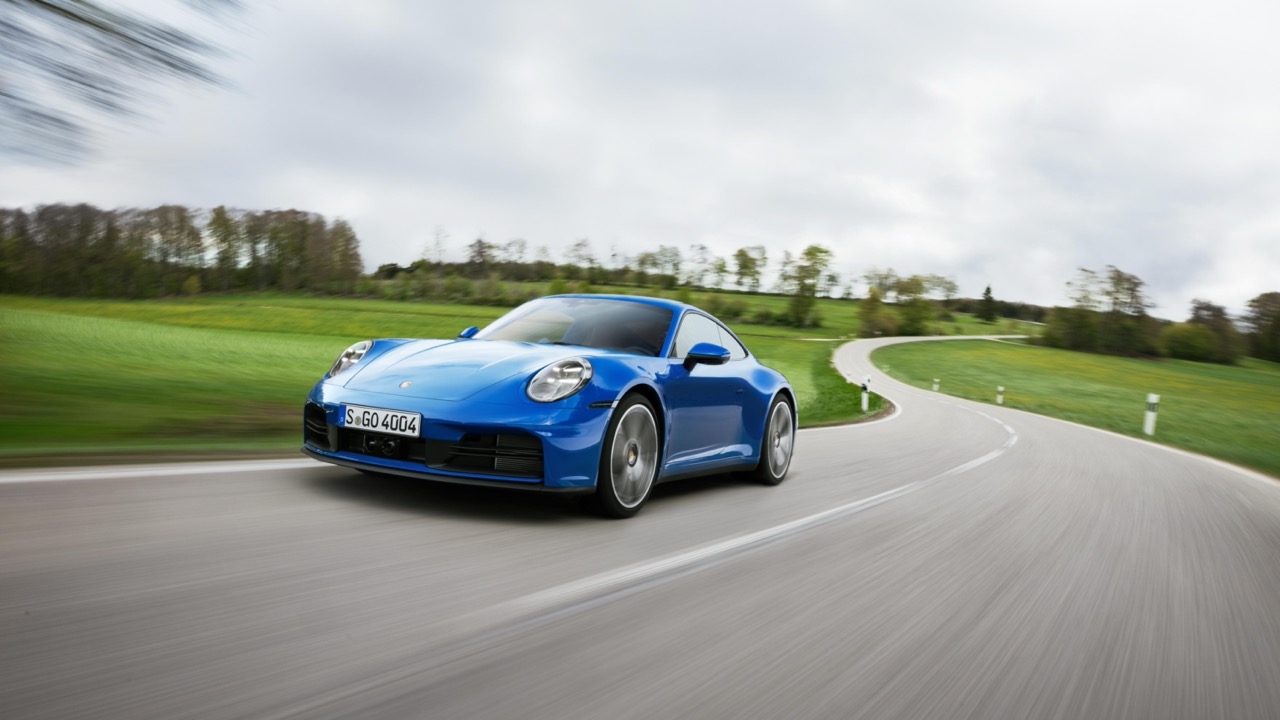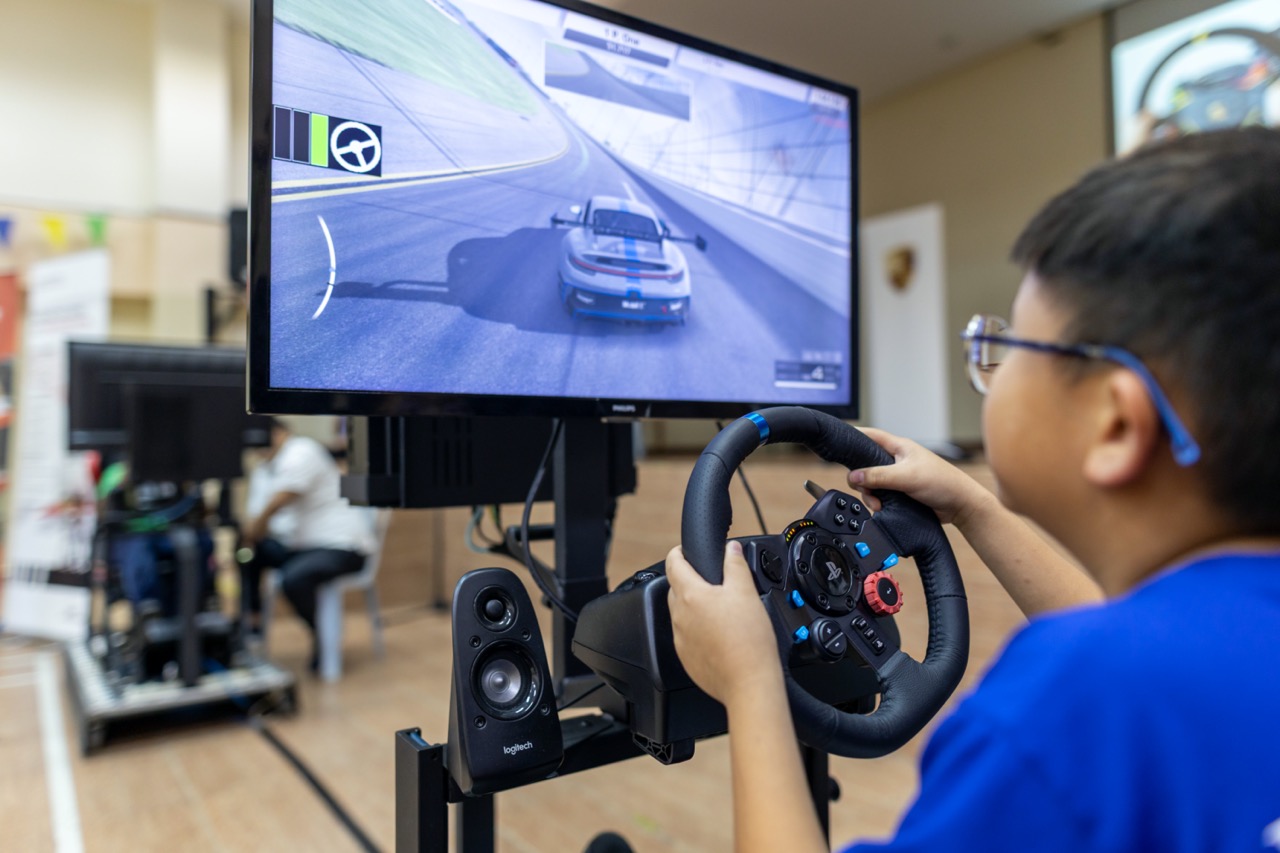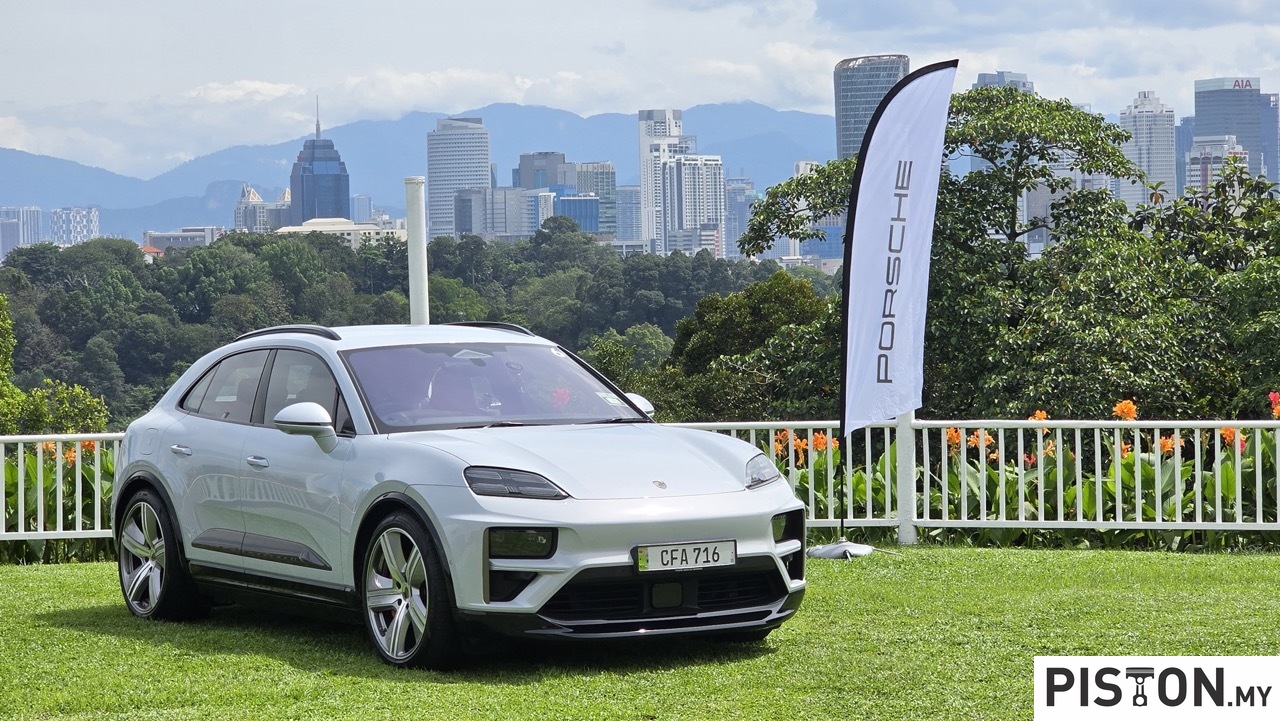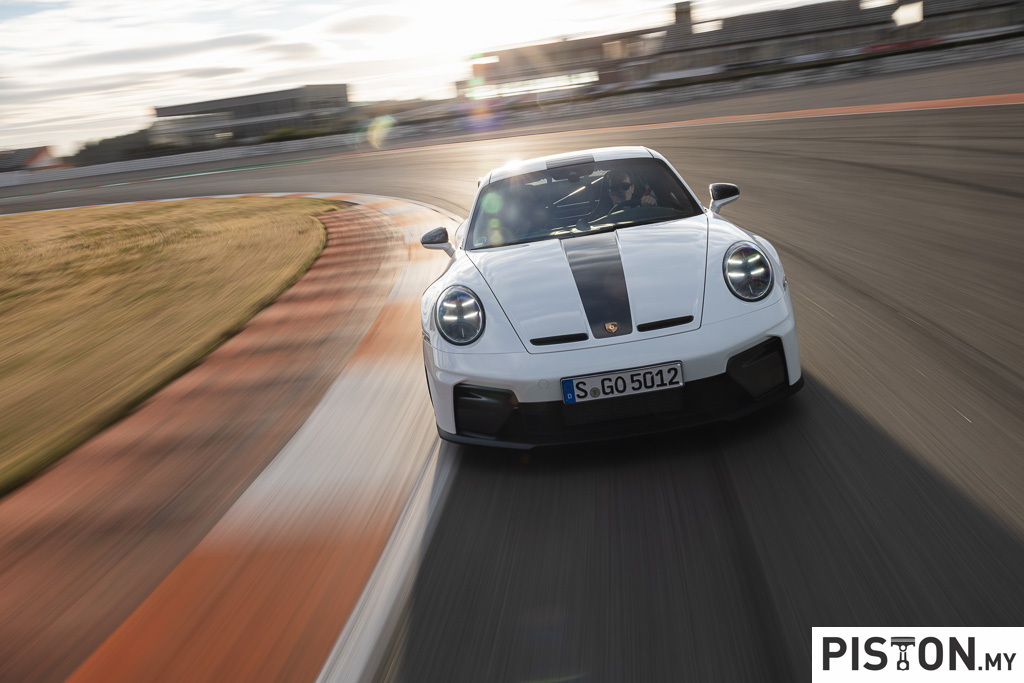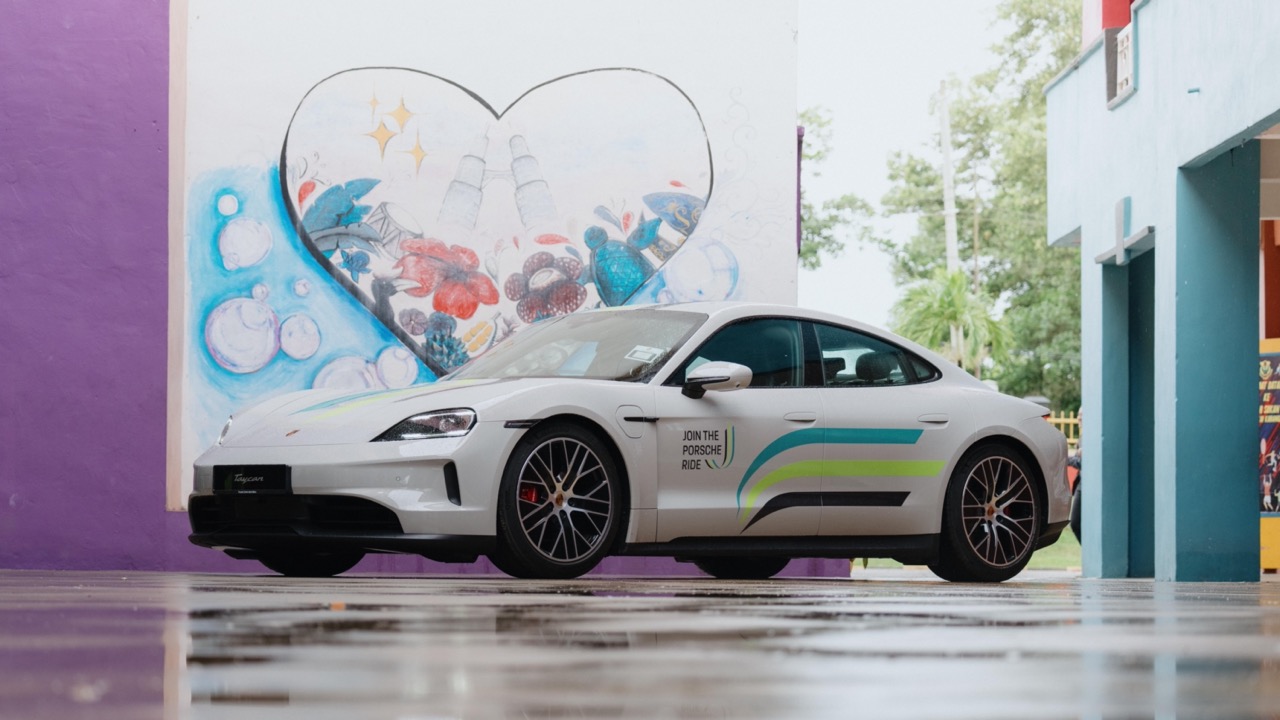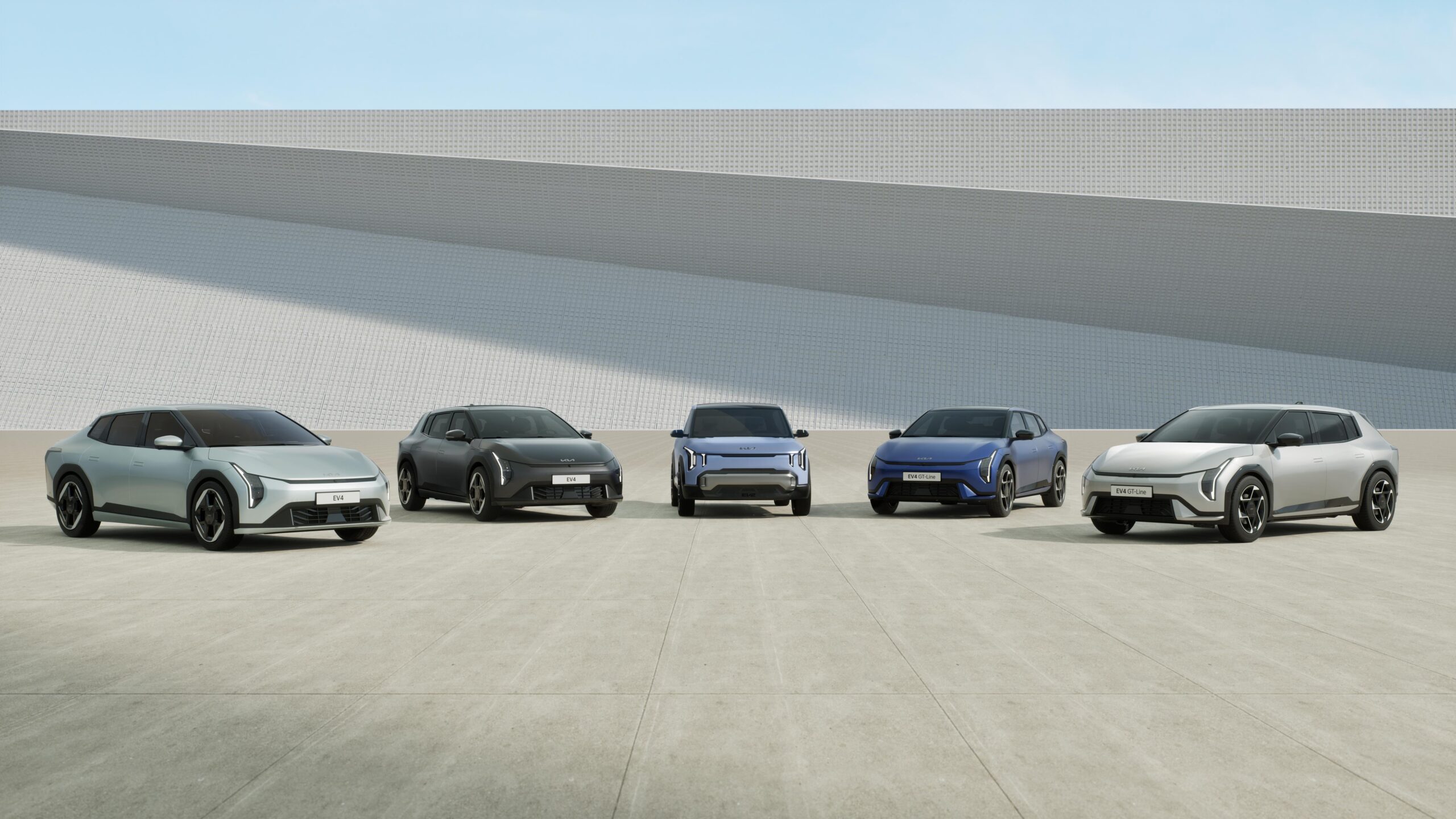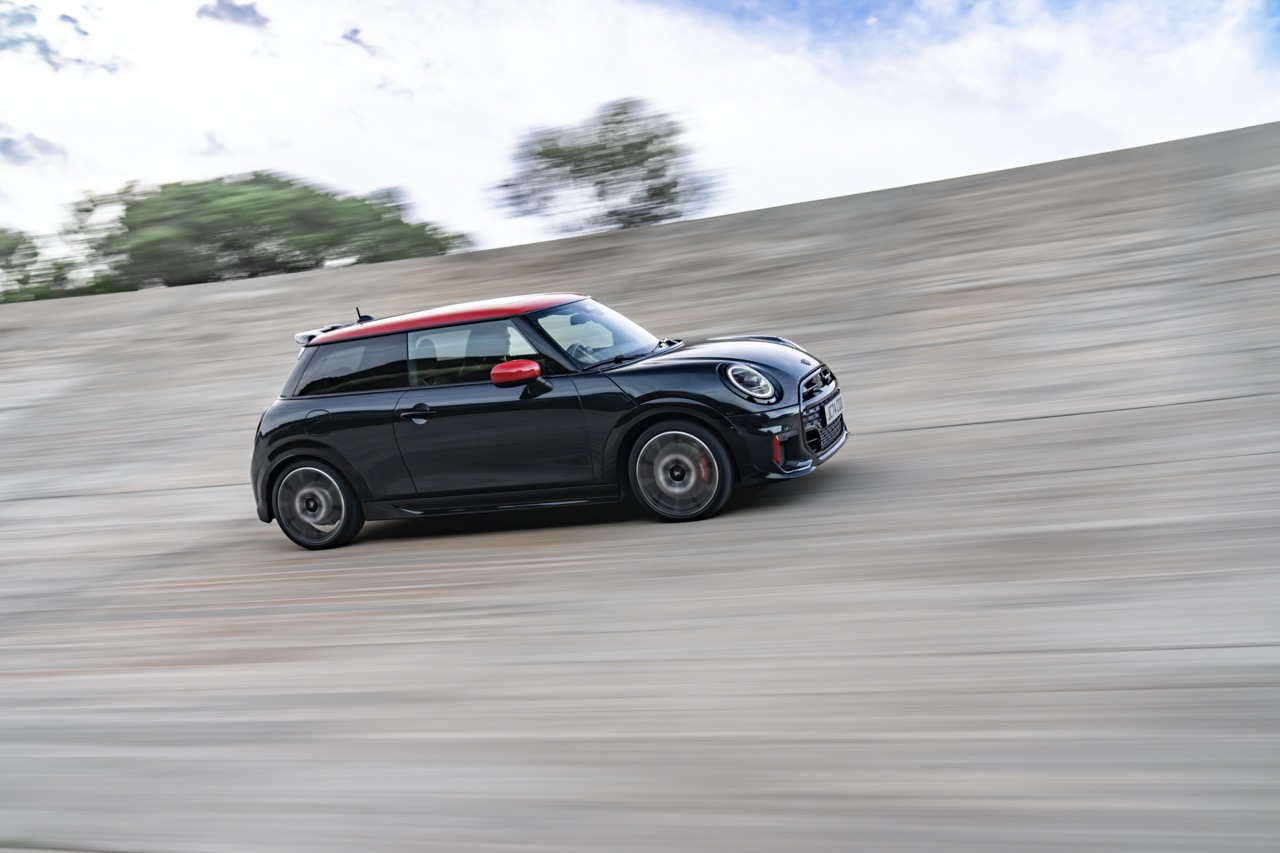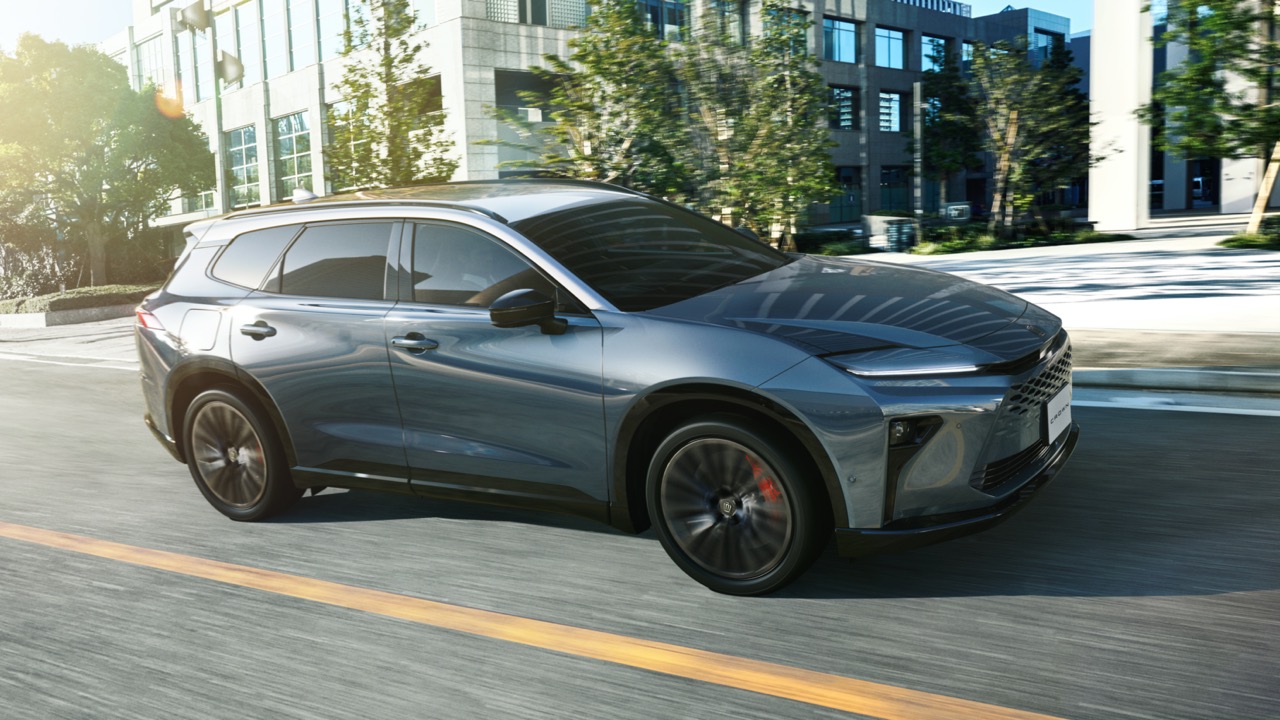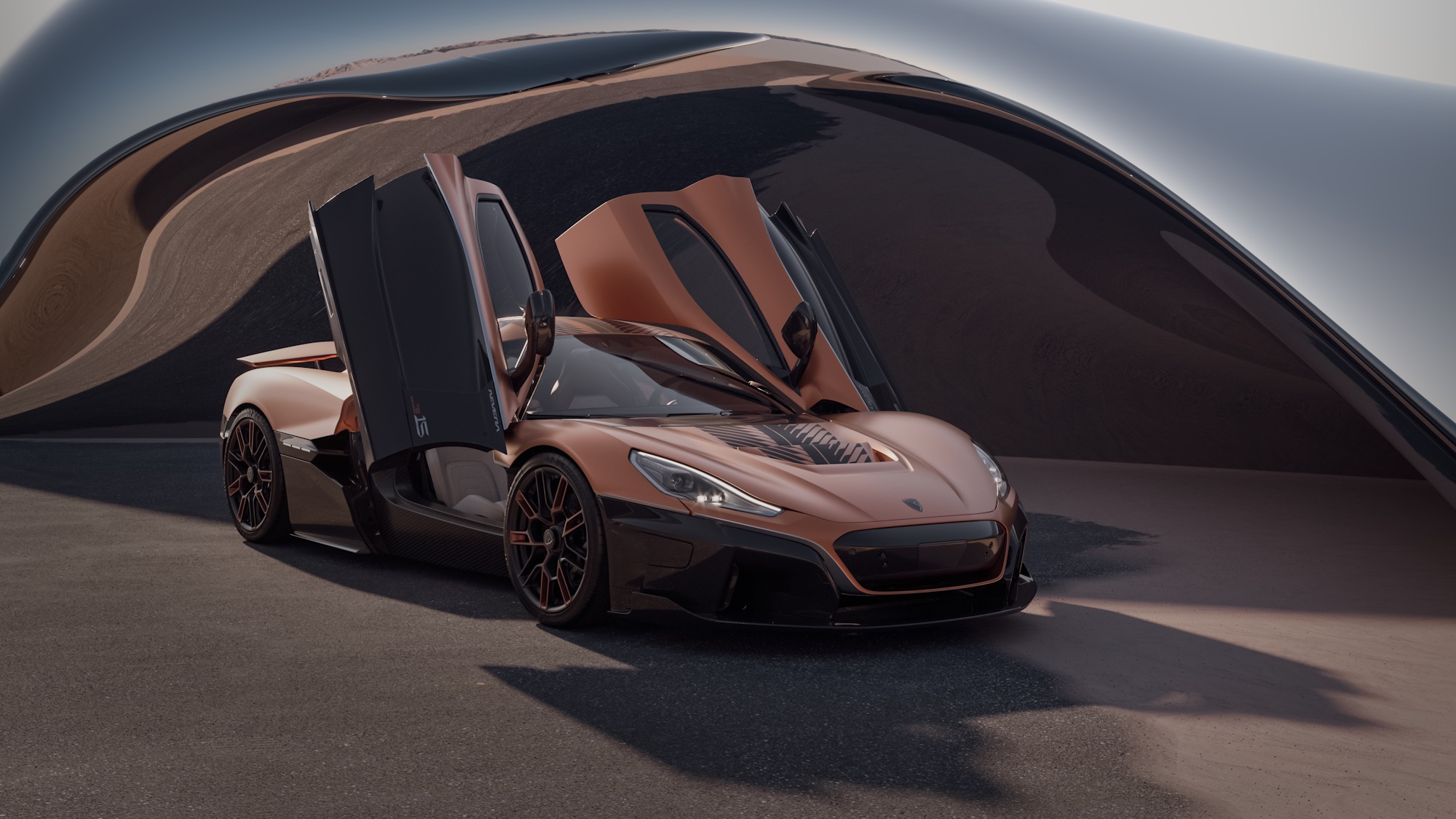“What does Sport Turismo mean,” asked my father when I told him I was going to be driving the new Porsche Panamera Sport Turismo during the Porsche Drive of The Year.
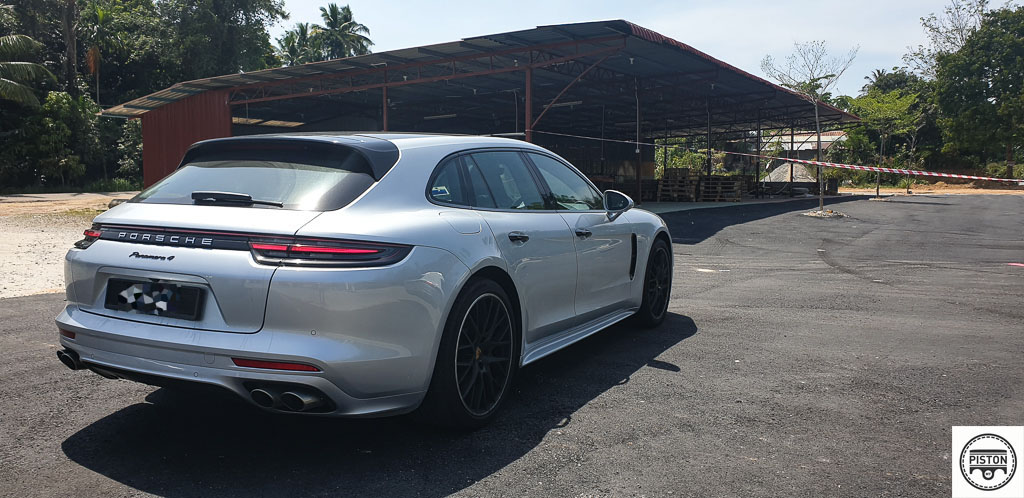
I thought about it for a few seconds, and being unable to find a better way of explaining it, I just said:
“It is another fancy word for hatch back or estate, Dad, but it pretty much means the same thing – a car with a sweeping roof line”.
Or is it?
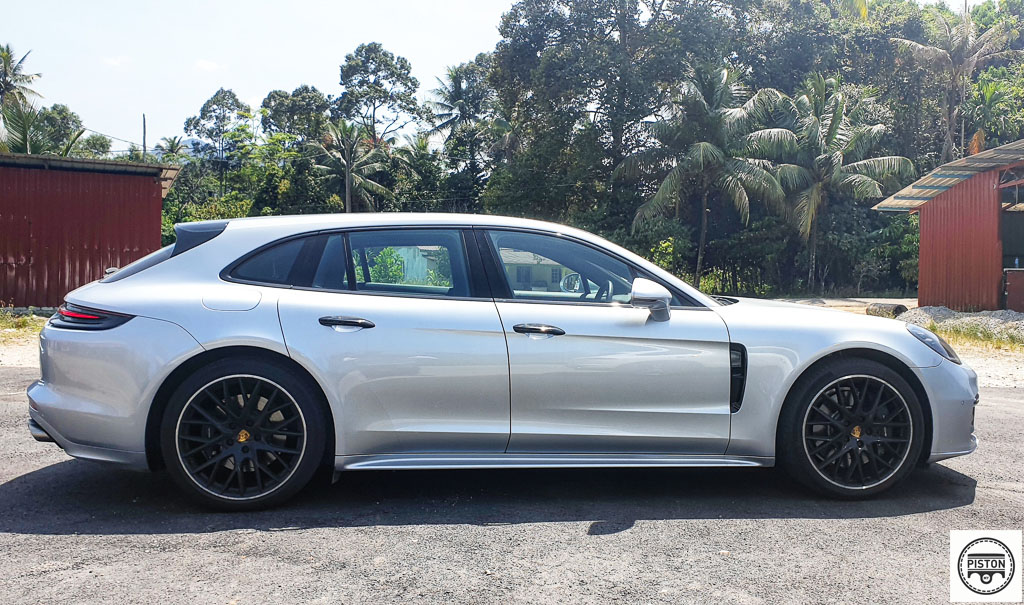
After driving it for an entire week around Peninsular Malaysia, I realized that the Panamera Sport Turismo is anything but, despite the sweeping roof line.
Before the days of SUVs, hatch backs and estates were the go to vehicles for convenience this side of a van, to store whatever it is you couldn’t store in a regular booth.
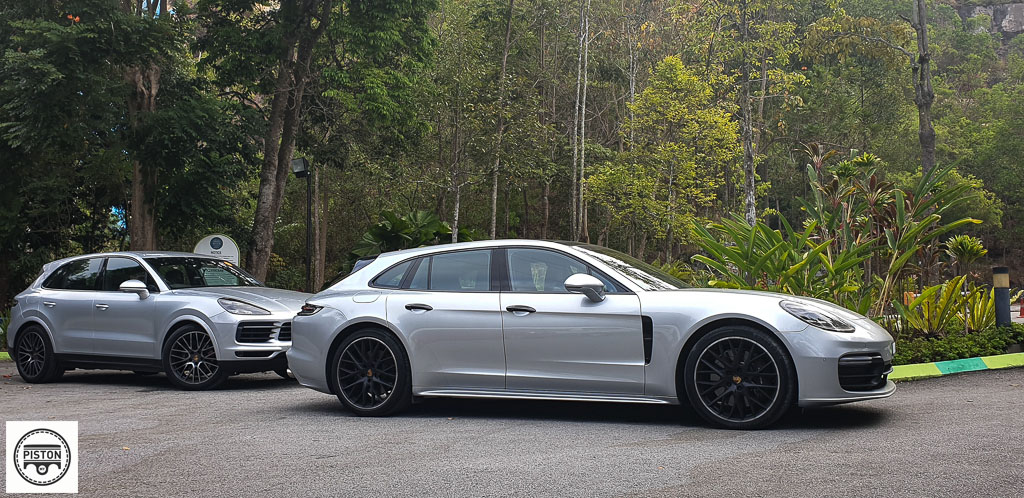
And many Sport Turismo articles have been written with references to the “shooting-brake” body style.
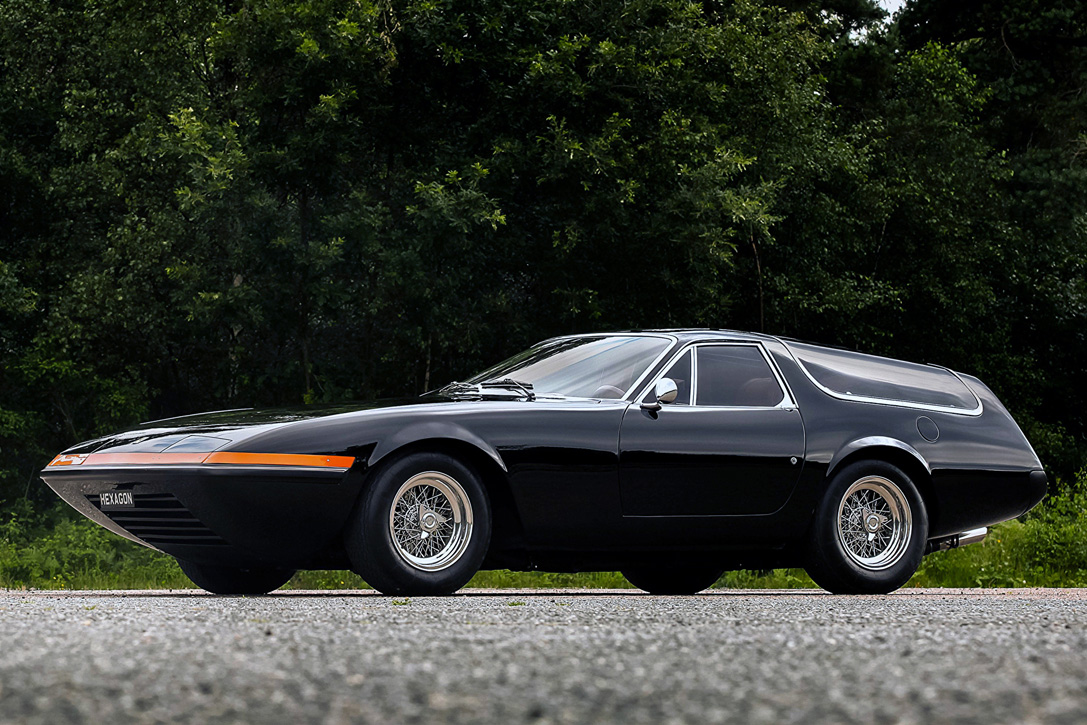
But how you could you explain the Sport Turismo concept without mentioning the shooting-brake, just look at the Ferrari 365 GTB Daytona Shooting Brake. This is about where it all started for the Shooting Brake themed sports cars.
But quick search on wikipedia will tell you that the shooting-brake was originally “horse-drawn wagons used to transport shooting parties with their equipment and game”.
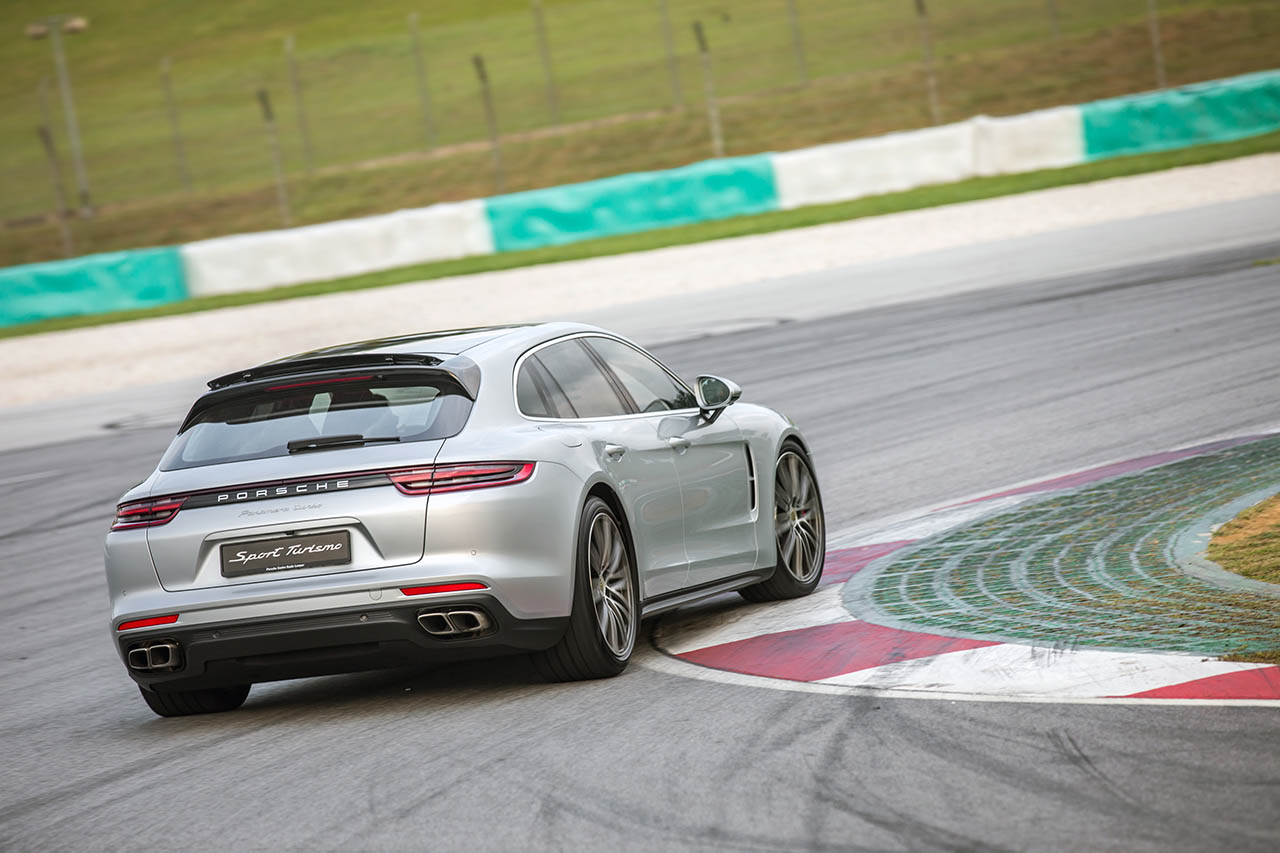
Today though, the basic idea remains the same – to carry a lot of stuff – except the game now is replaced with the space necessary for family.
However, that still does not explain why Porsche prefers to call it Sport Turismo rather than the Panamera Shooting-Brake.
Lets first go back to the Grand Turismo, a type of car, initially a coupe, that was the perfect mix of luxury, a massive powerful engine, and the ability to traverse continents without the passenger knowing it.
The term then got twisted to prefer marketing departments of different manufacturers and that is how we arrived at the Sport Turismo, cousin of the Grand Turismo, cousin of the Grand Tourer, sometimes simply known as the GT.
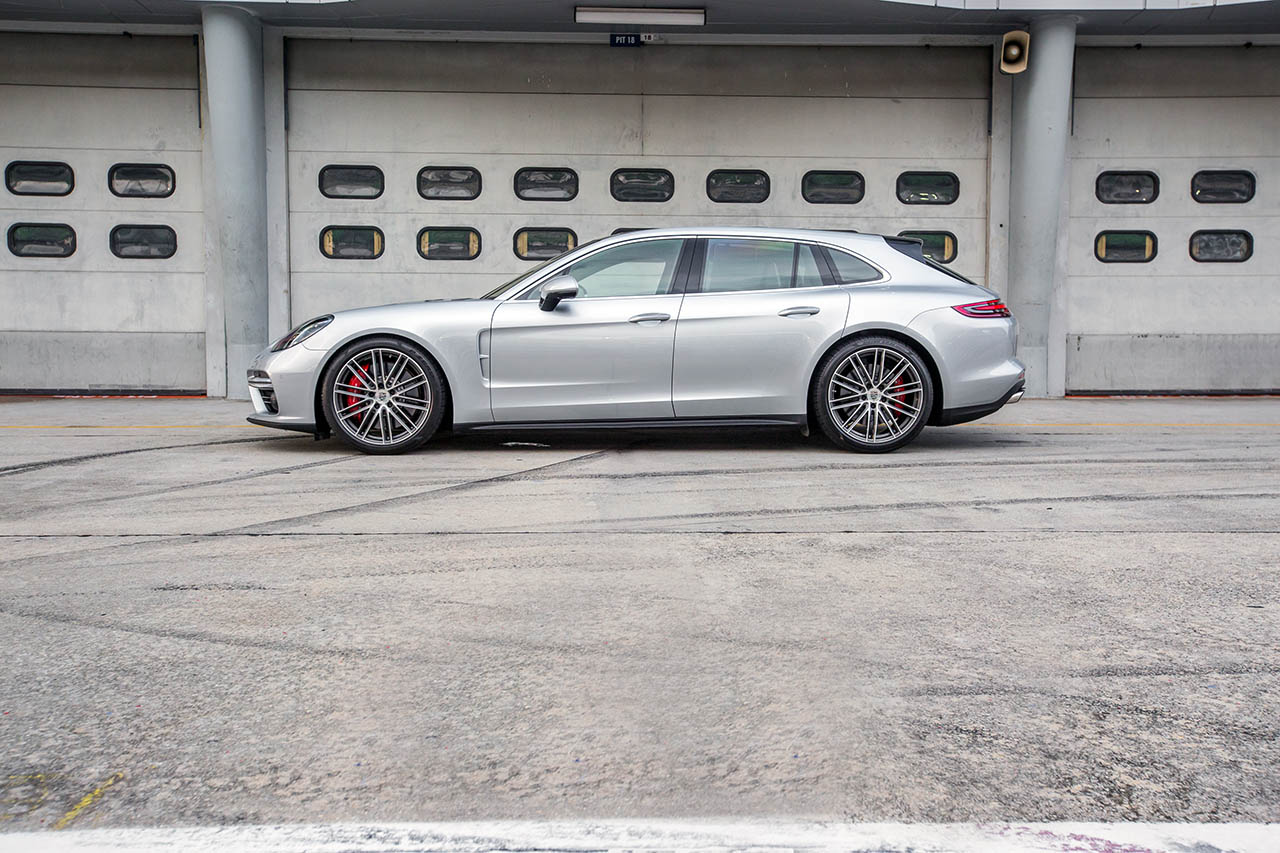
The Porsche Panamera Sport Turismo is the cooler, sleeker, roomier and supposedly more convenient cousin to the Panamera sedan.
But to be totally, completely, to the point. It is not thaaaat much roomier than the sedan, in fact, from some points, the sedan is a better car. The Sport Turismo is actually 65kg heavier because of the additional body work around the c-pillar.
But what it is however is a cooler car, it has a lot more road presence simply because of its peculiar looks.
And the fact that it is a massive car, almost ten feet long and six and a half feet wide.
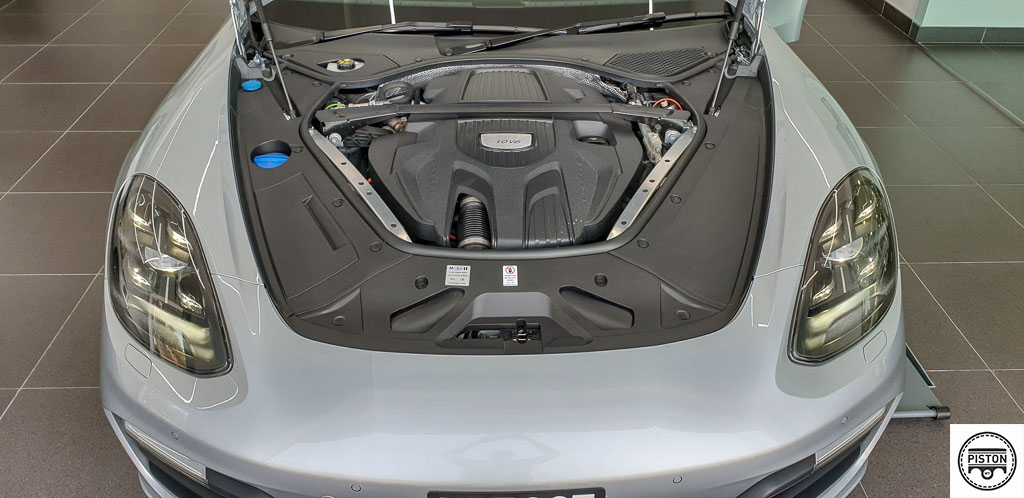
It may be a bulbous car though, but it has some very clever electronics that make its hefty size feel like a hot hatch.
At the heart of the car is a 3.0-litre, six-cylinder twin-turbocharg engine with 330hp and 450Nm of torque.
Arguably that is not a lot of power for a car that costs close to RM1 million, considering that a Mercedes-Benz A45 AMG makes 380hp, but I know that’s like comparing a “spruce goose” to an F-15. Just saying that it doesn’t make that much power.
But it still entertained everyone who drove it.
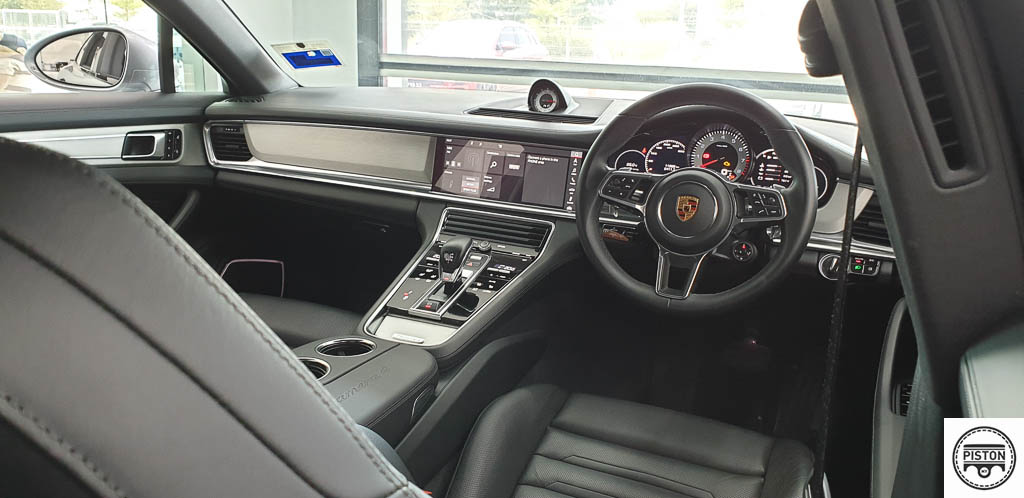
Driving the Sport Turismo is an experience by itself, one that is not much different from the sedan or the Cayenne.
The dashboard is as wide as the car and the centre console is takes up most of the space with the gear knob and touch-screen switches in the form of a black touch pad.
Confession – I still prefer the buttoned switches of the previous-generation Panamera.
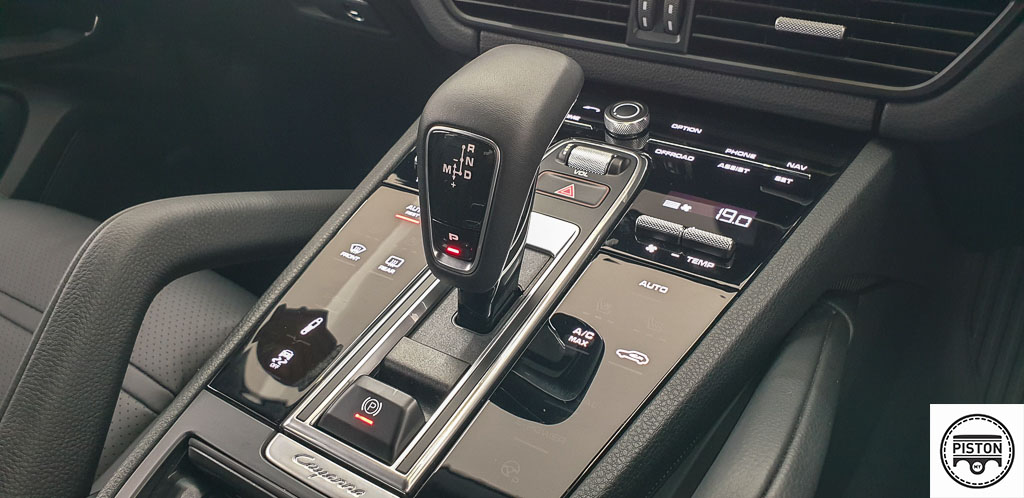
But what I really appreciate about the interior of the car though is it’s:
A) Superb build quality.
B) A beautiful high resolution 12-inch touchscreen display.
C) Rear passenger leg room and amenities.
The Sport Turismo, like its cousin, sits four, but Porsche realized that sometimes family folks, instead of business moguls, buy the ST, so now offer a conventional 4+1 seating concept as standard.
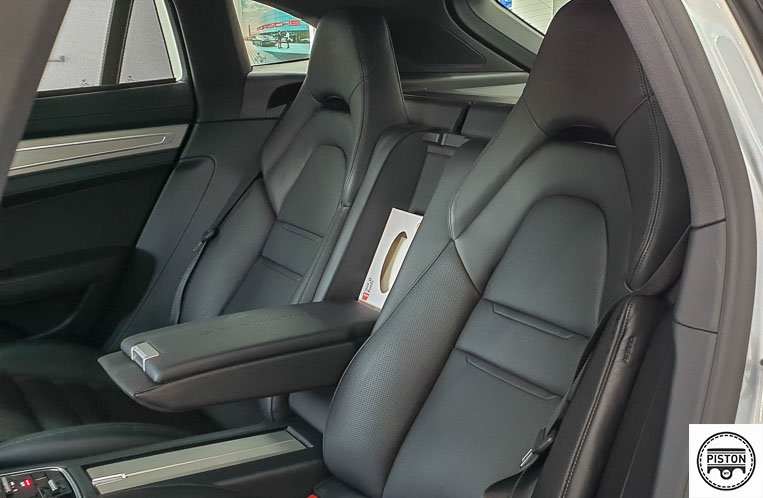
If you’re a business mogul who prefers the four-seater, you just have to tock the box on the options list where it says “individual rear power seats”.
Anyway, back to what makes the ST feel like a hot-hatch. Technology and smart electronic systems.
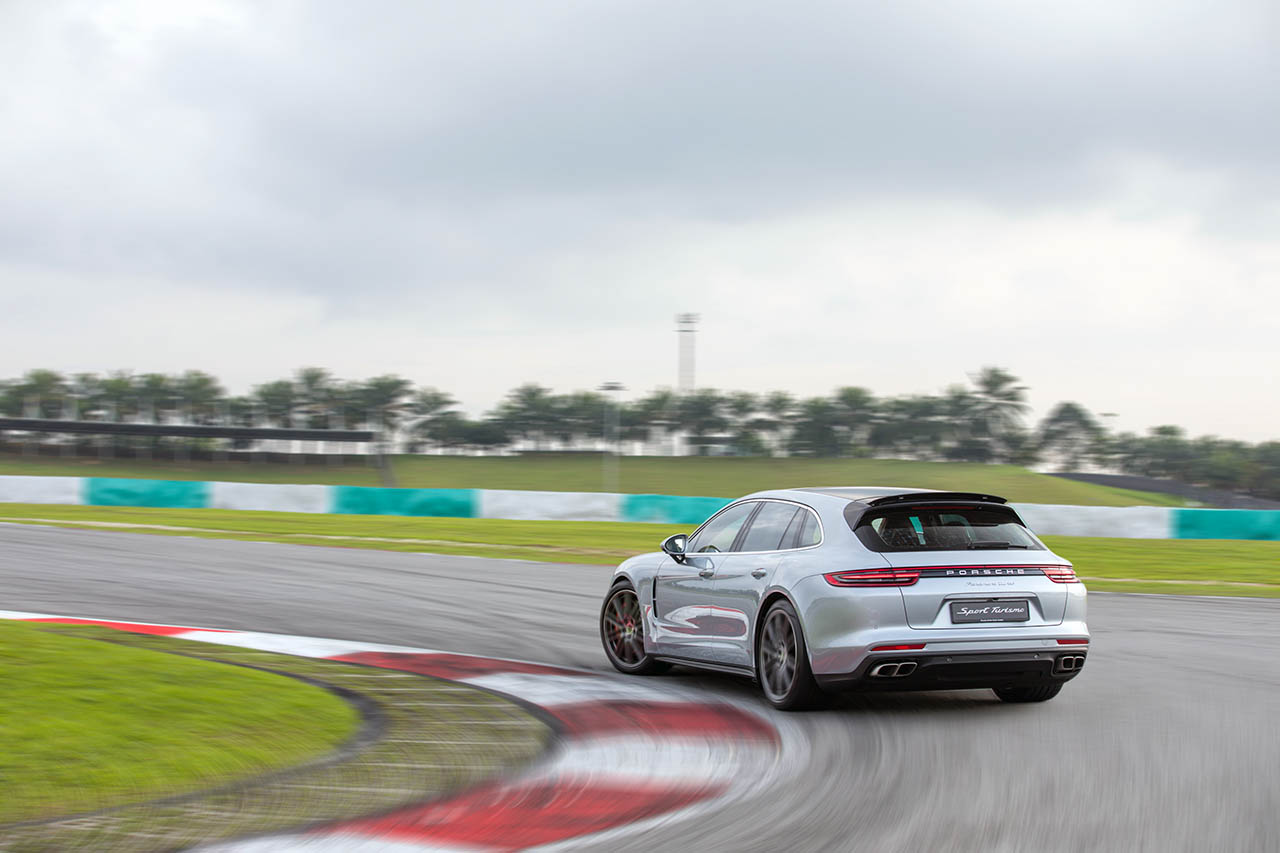
The size of the car is managed by Porsche’s rear-axle steering system that moves the rear wheels in opposite direction to the front wheels at low speeds – giving the car surprisingly manageable in tight parking lots – and then moves the front and rear wheels in the same direction during high-speed maneuvering, aiding agility and “flickability”. About a year and a half ago, we were given the opportunity to take a ride in the ST around Sepang with Le Mans Earl Bamber behind the wheel, you can imagine what ensued, and that’s where the photo above is from.
But there are other Porsche systems that bring the car to life on tight trunk roads, like the Porsche Active Suspension Management, Dynamic Chassis Control Sport, and a unique air suspension with three-chamber technology.
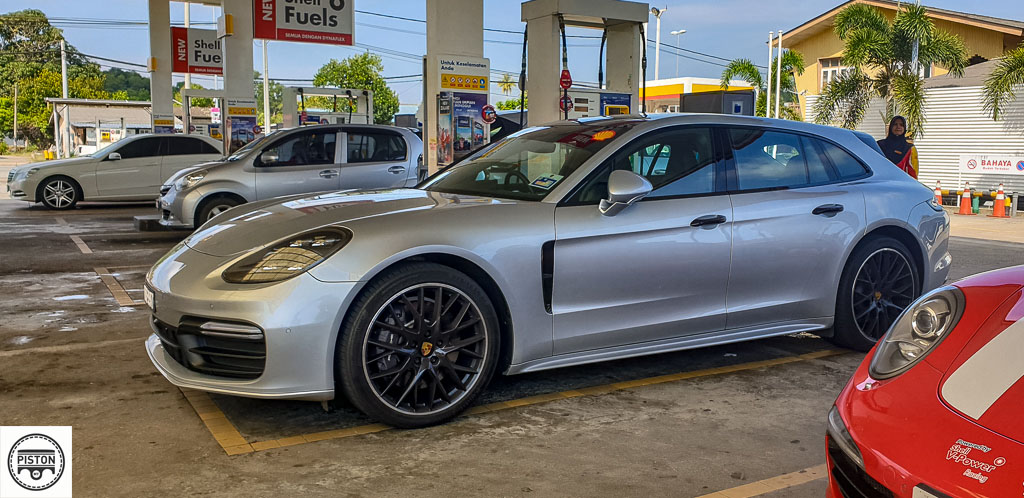
Managing everything in an onboard computer that calculates the car’s pitch, roll and yaw, calculates the data quicker than u can think and immediately preps the car, giving the driver maximum control at all times.
In the mountains around the Belum Rainforest Reserve in Pahang, the tight winding roads put the ST’s computers to the test.
The rear-axle steering hid the bulk while the electronic suspension kept the car’s body roll in check.
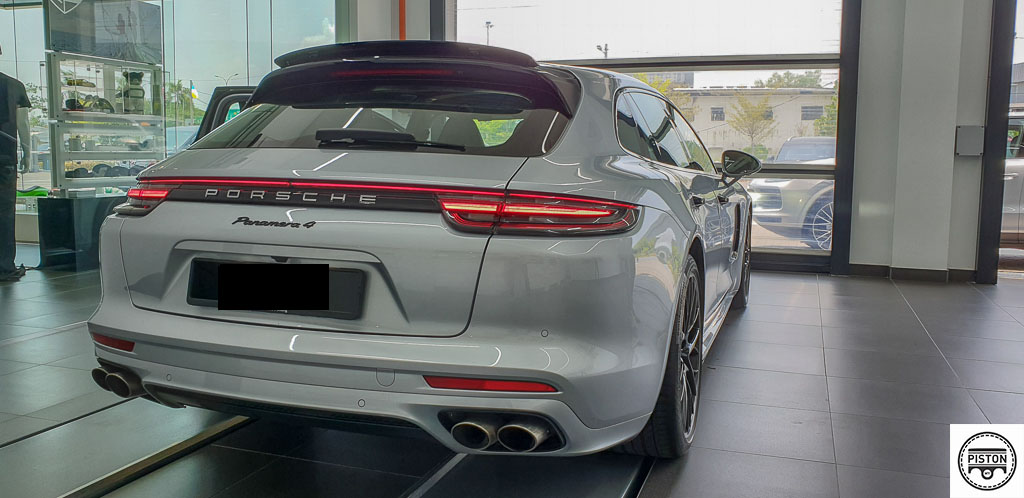
The car didn’t exactly handle as if it were on rails, but considering its size and weight, it handled beautifully.
Better than the Cayenne too, but the ST is low and wide, better handling than the Cayenne is to be expected.
But underneath it all, it was the electronic gremlins doing their thing. The Porsche Active Suspension Management working overtime to reduce body movement and interior comfort.
There is no way a car like the ST is able to accelerate and brake, turn on a dime and catapult out of a corner if it were not for advanced technologies underneath that metal work.
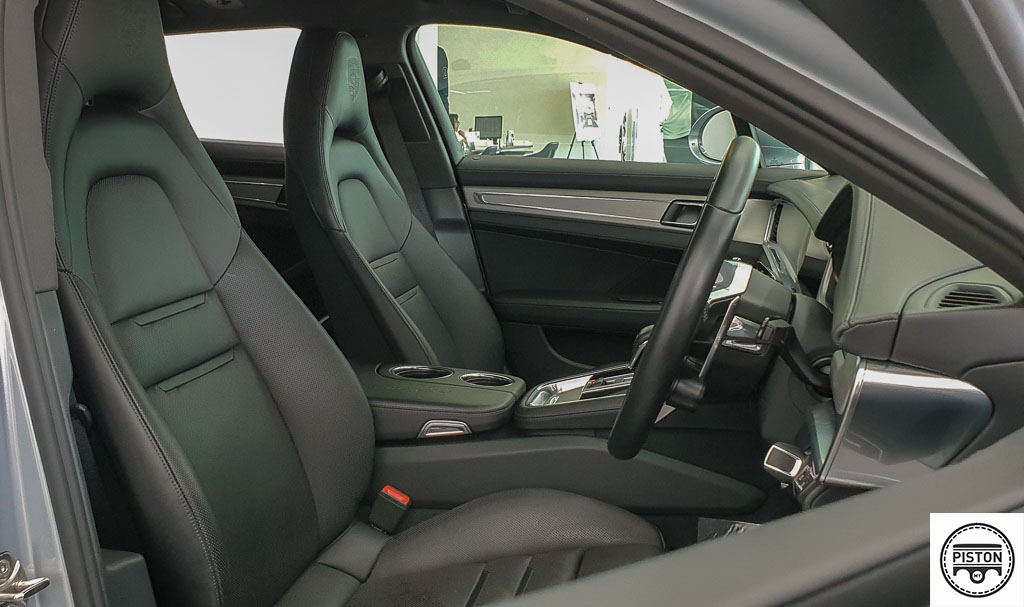
But inside it remains serene, even the sport exhausts have an elegant bellow, high-pitched at the fun end of the rpm meter, and low rumbles at the not so fun side.
You can customise the car according to how you want it, everything from the colour of the stitching to the colour of the rims.
The car we drove during DOTY costs a cool RM1.2 million. It of course came with all the feel-good, look-good, go-fast options.
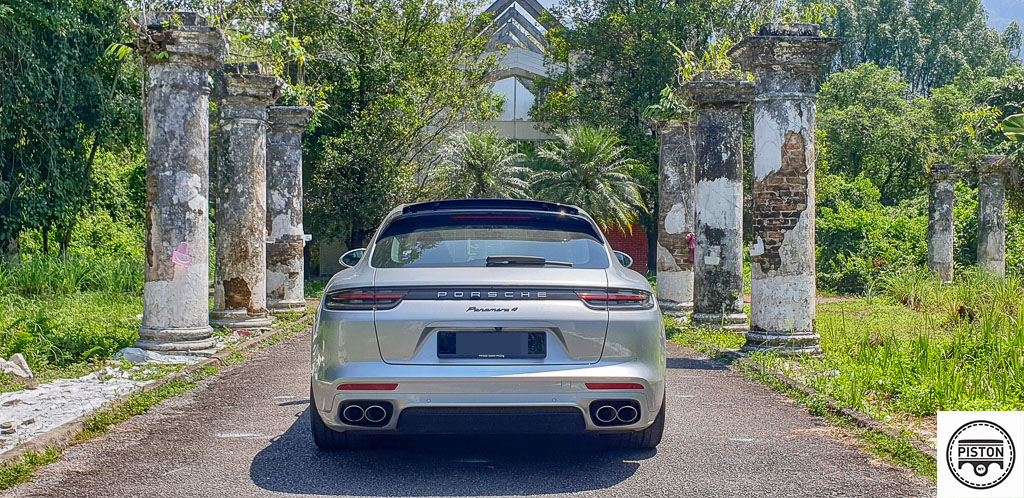
Our favorite part about the car we spend a week with? The sport chrono package, sport exhaust, 21 inch wheels, and eight-way power rear seats.
The Porsche Panamera Sport Turismo is not here to make up for the standard Panamera lacks, it is here to make an already capable car all the better and is for those who want the space but not an SUV.




